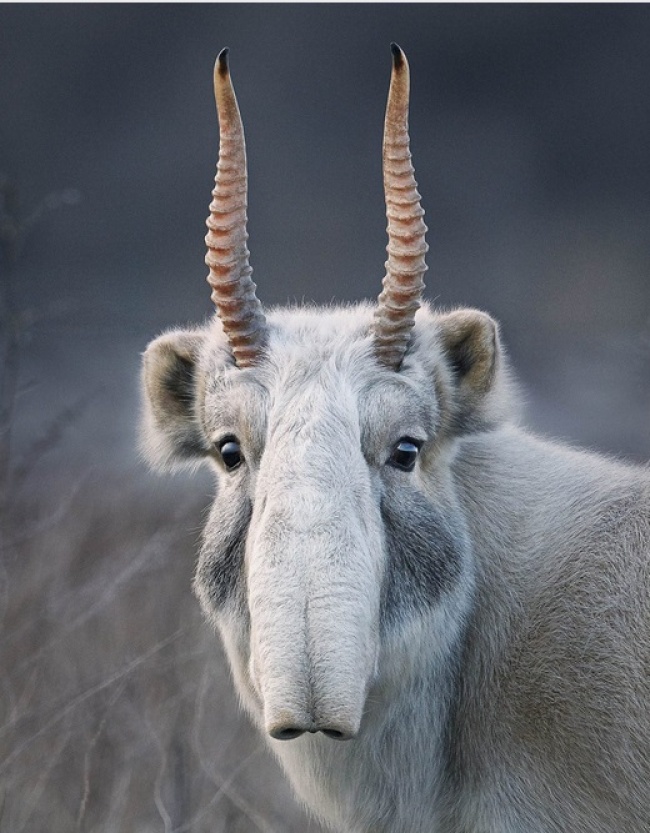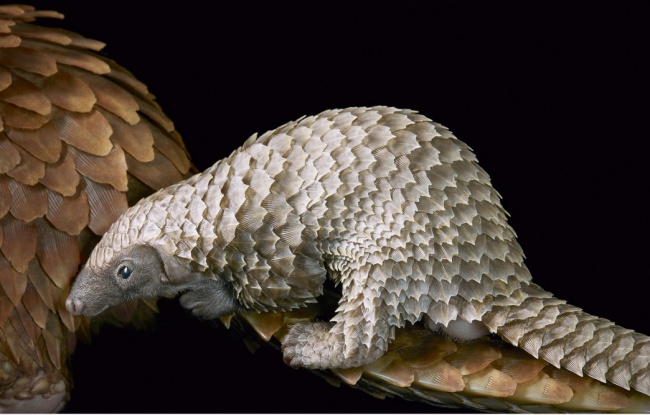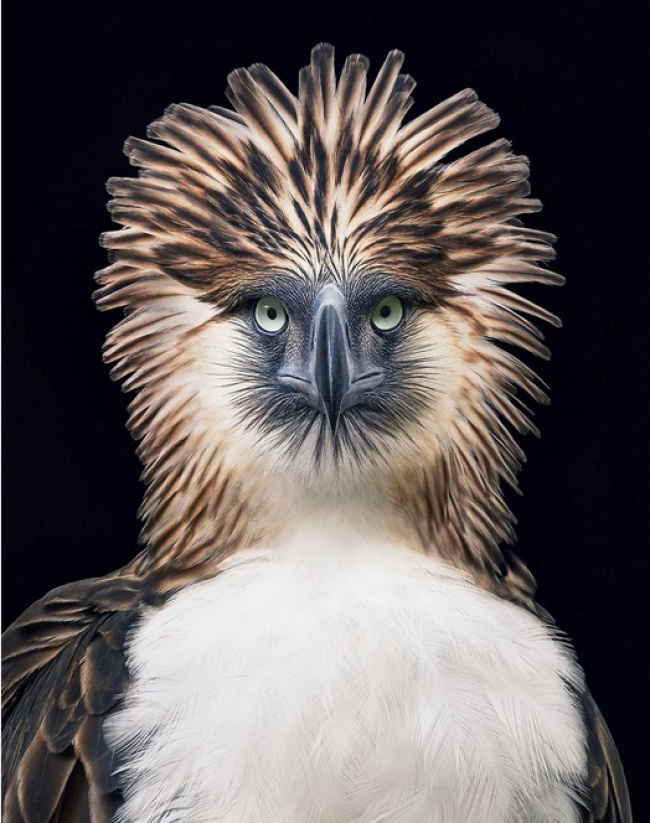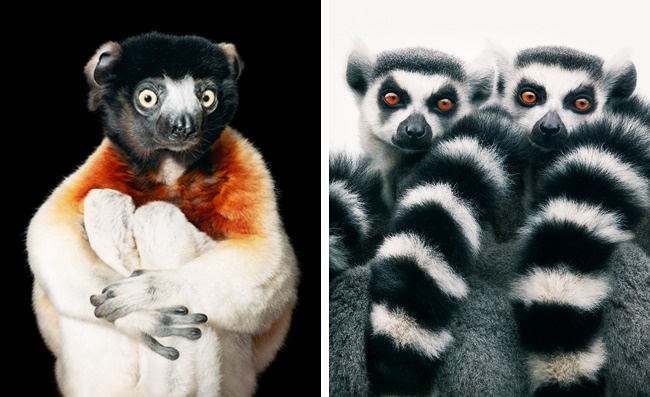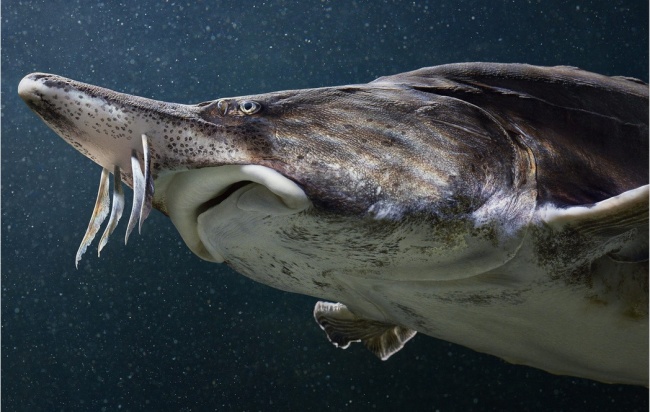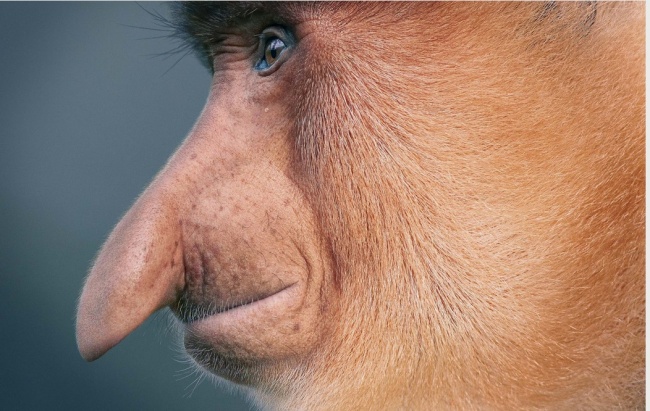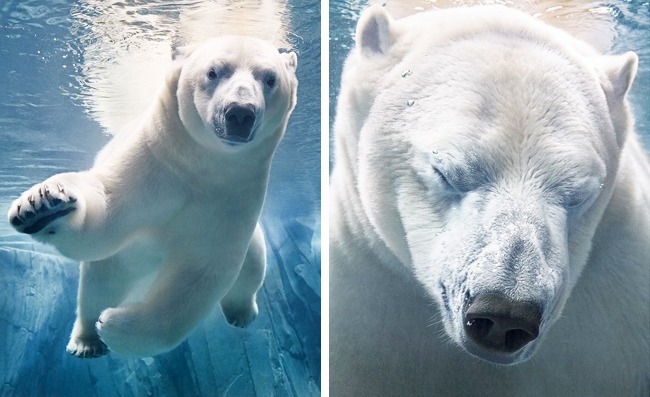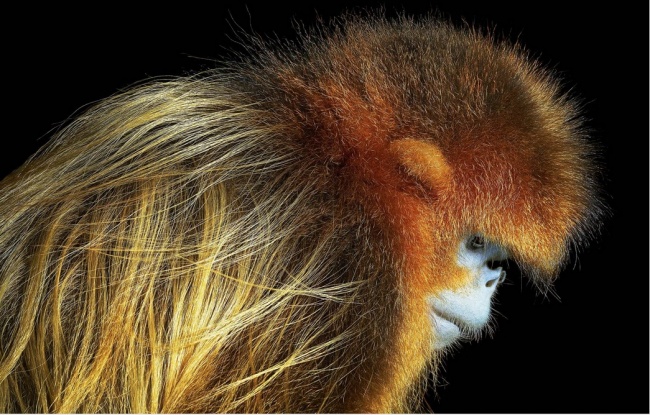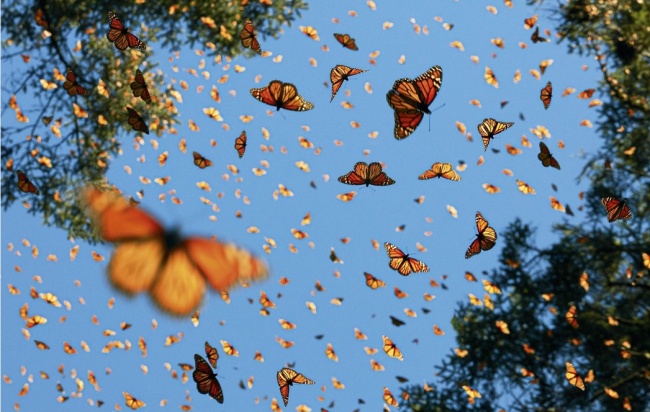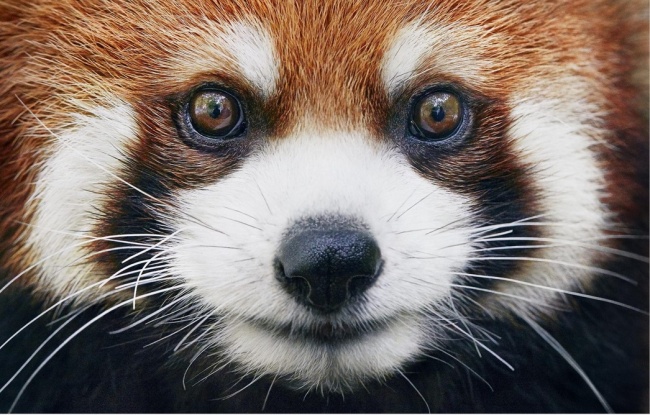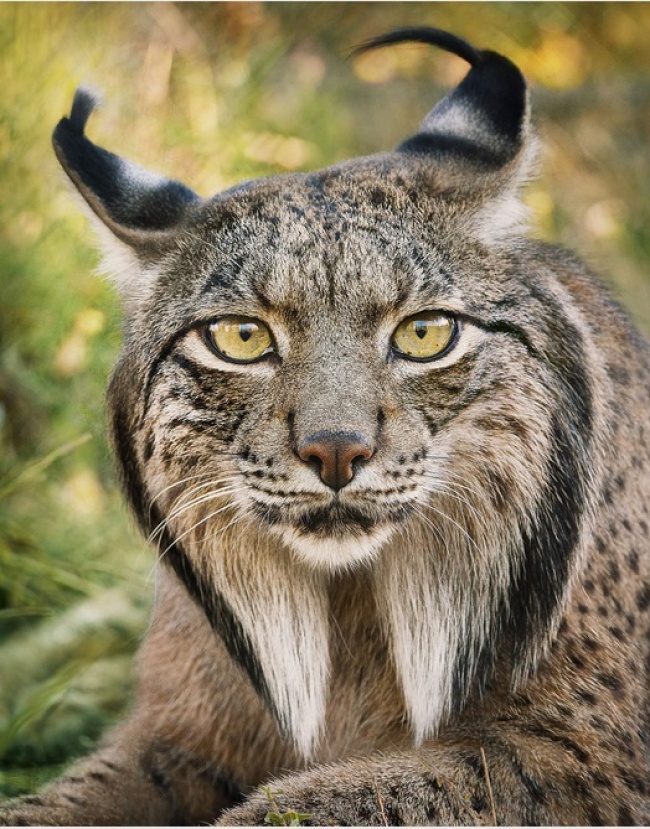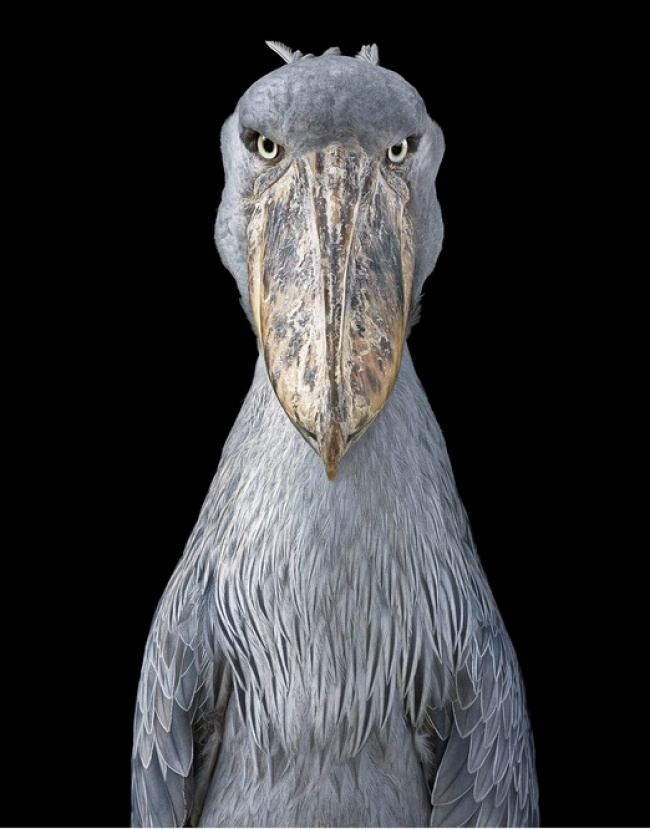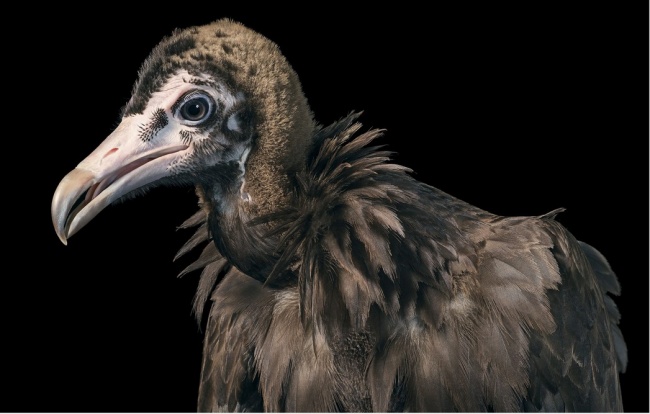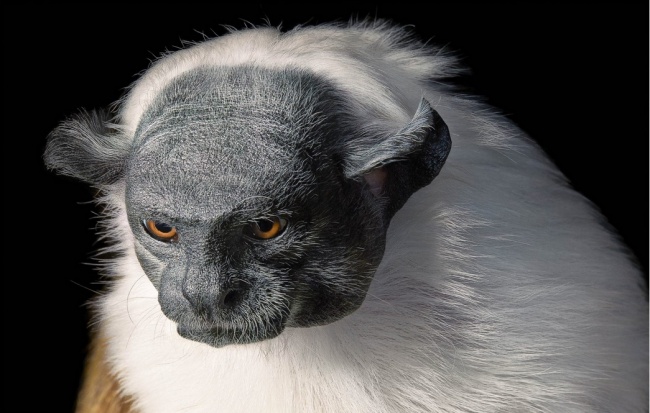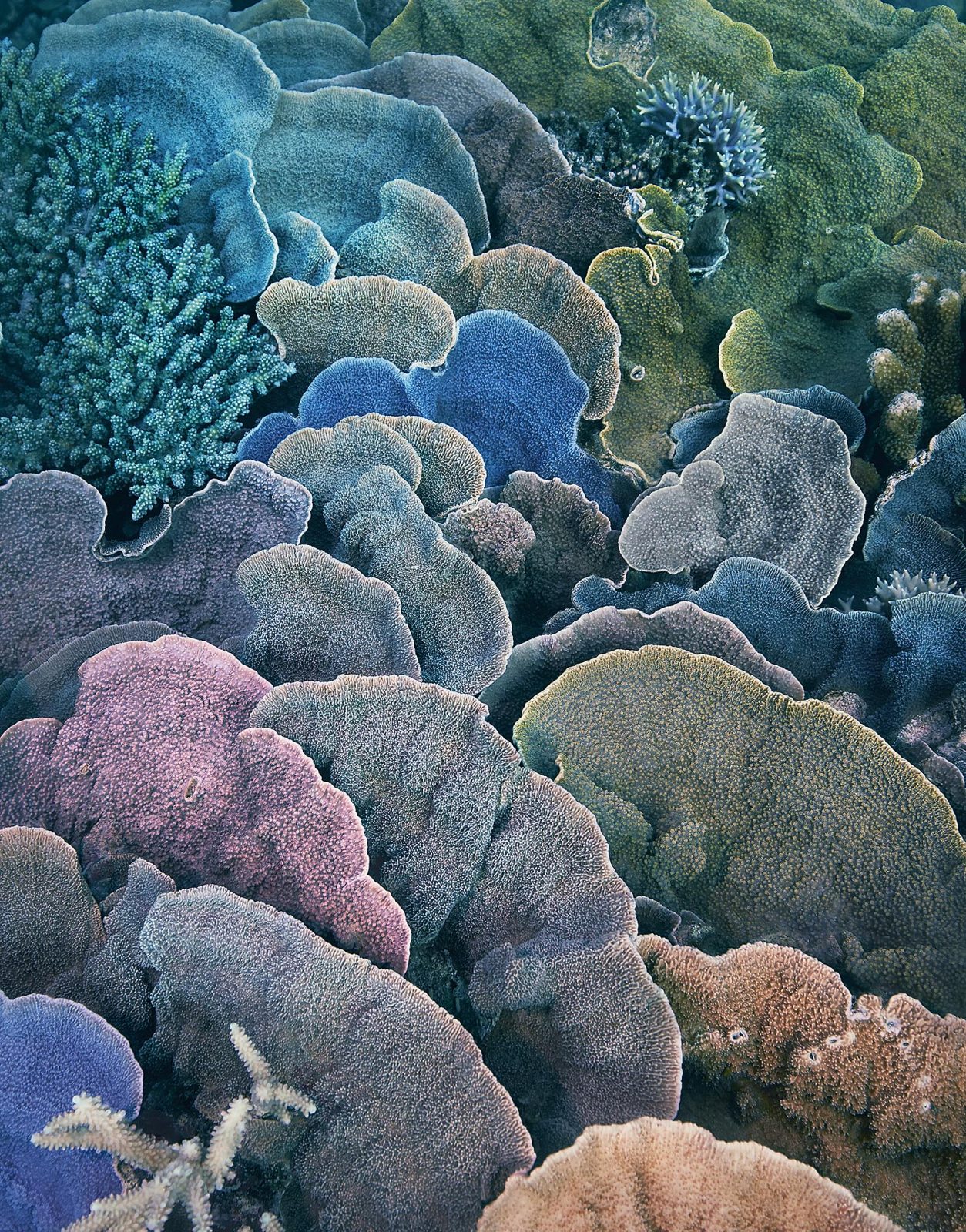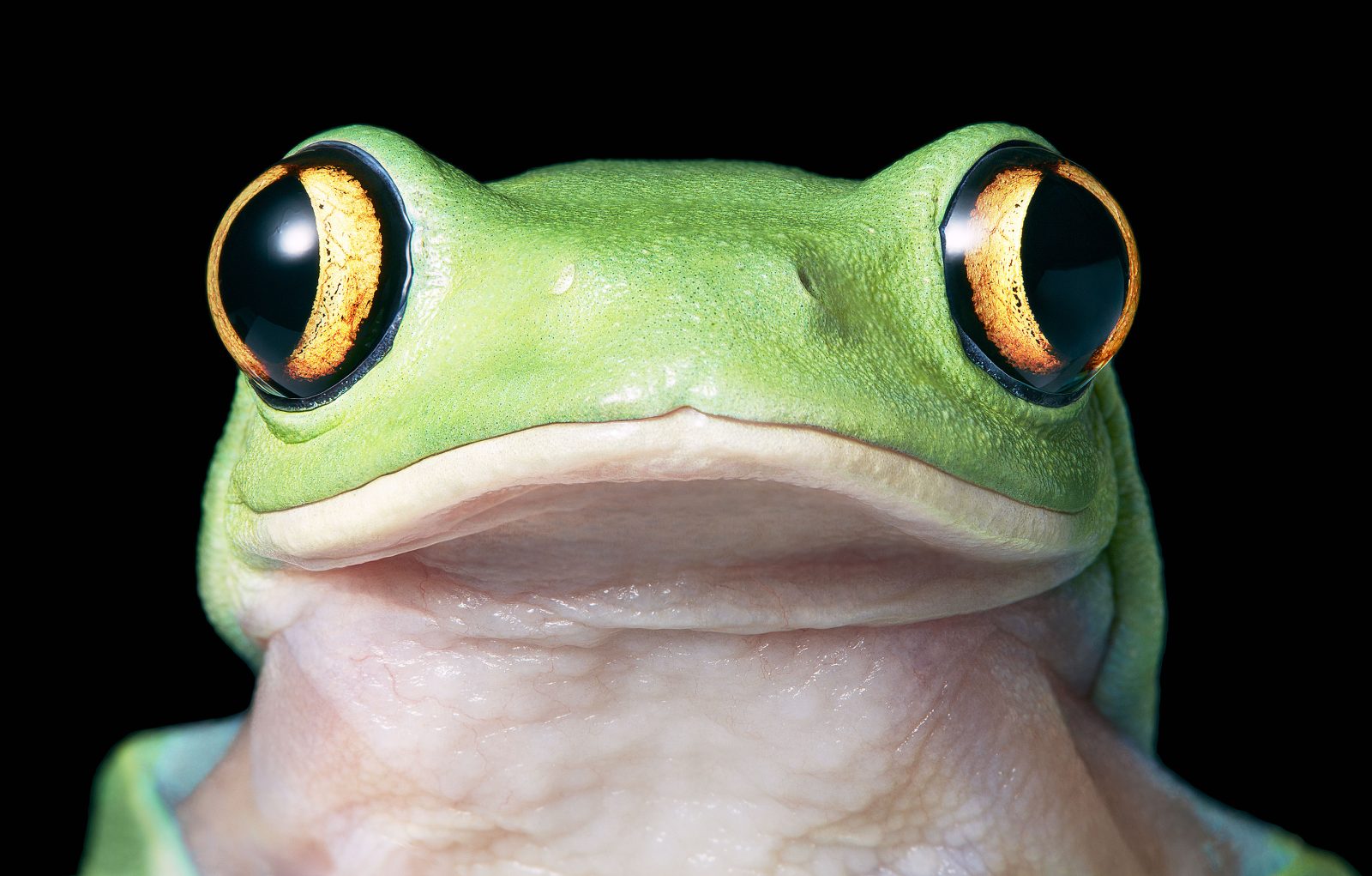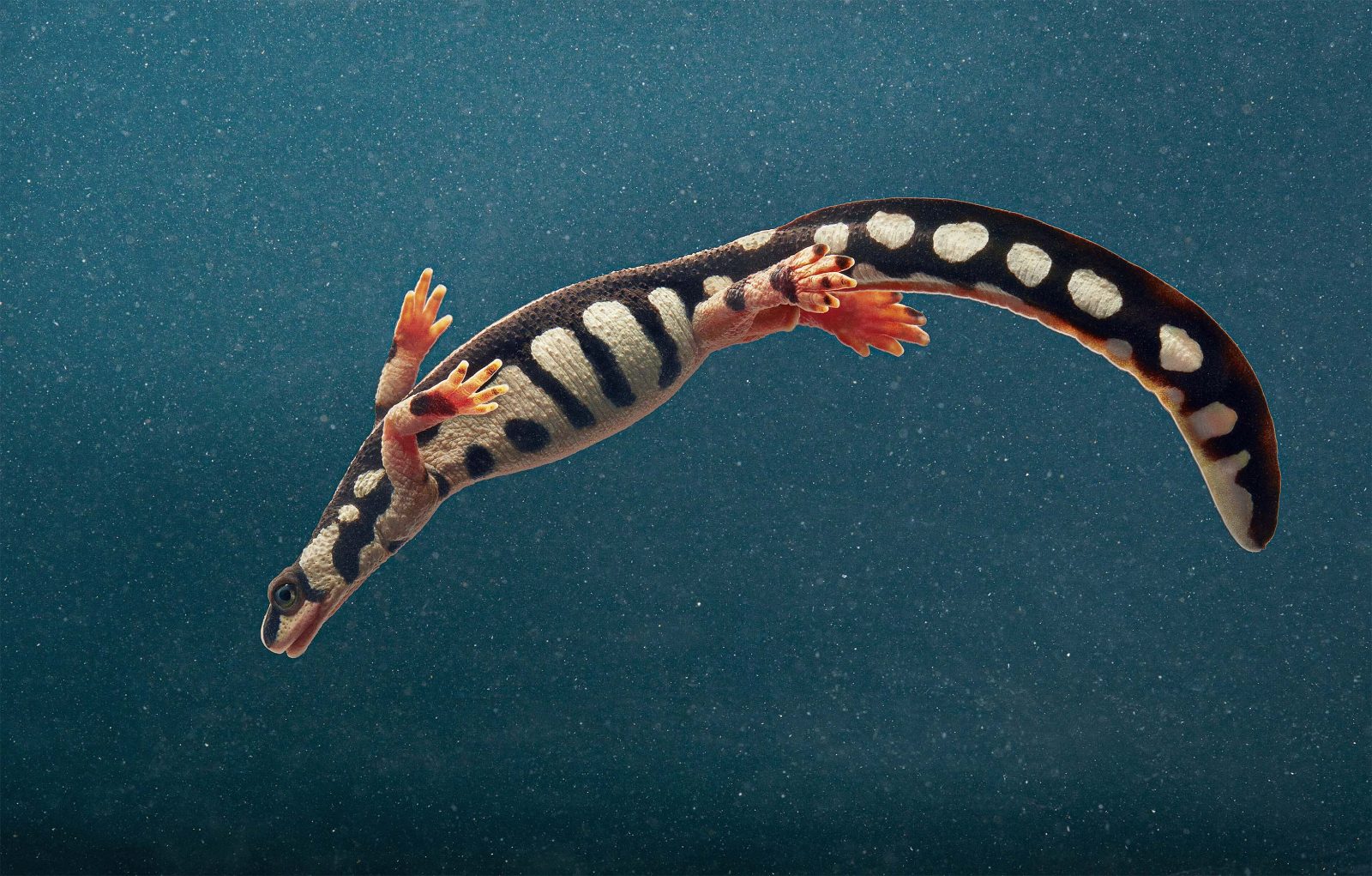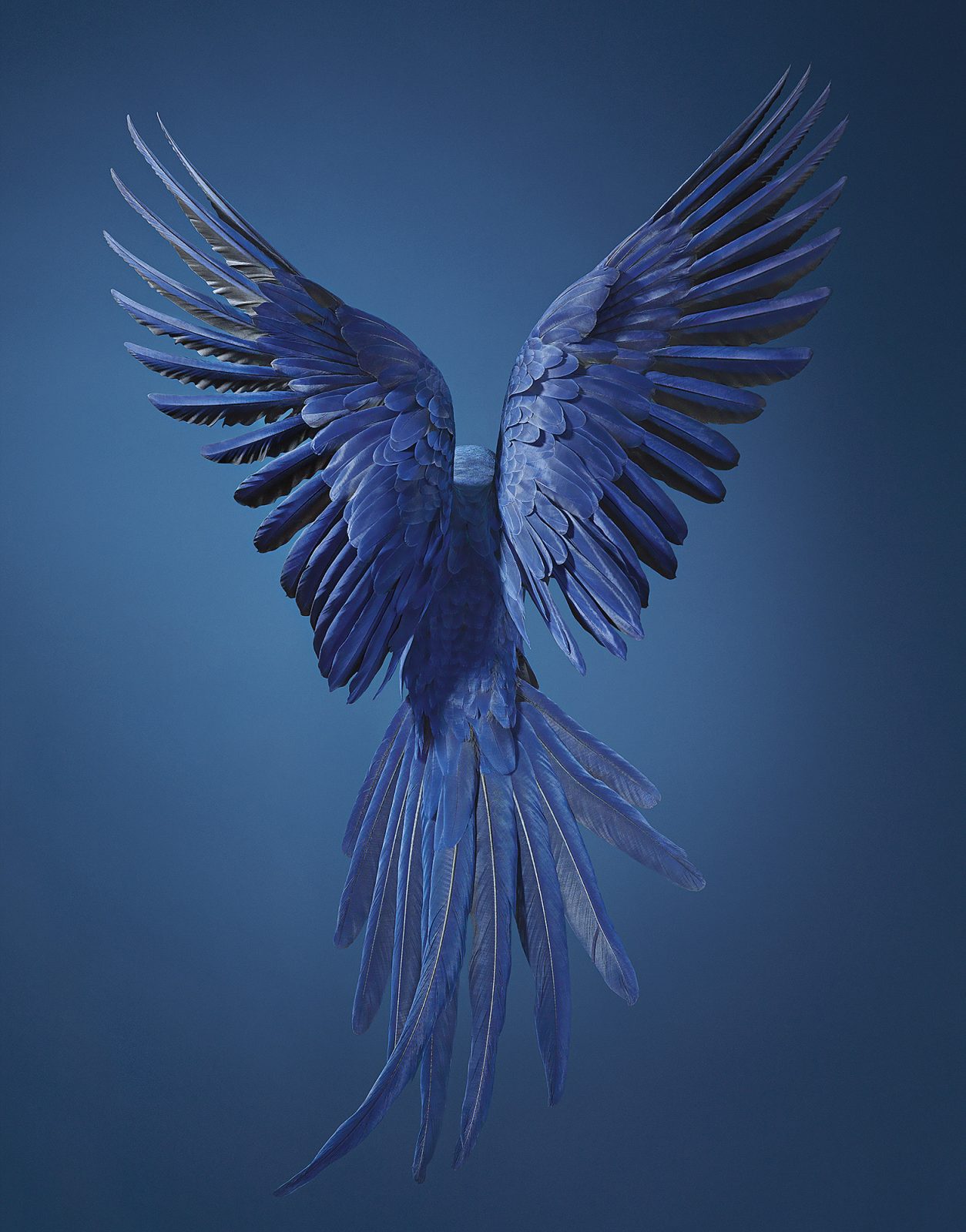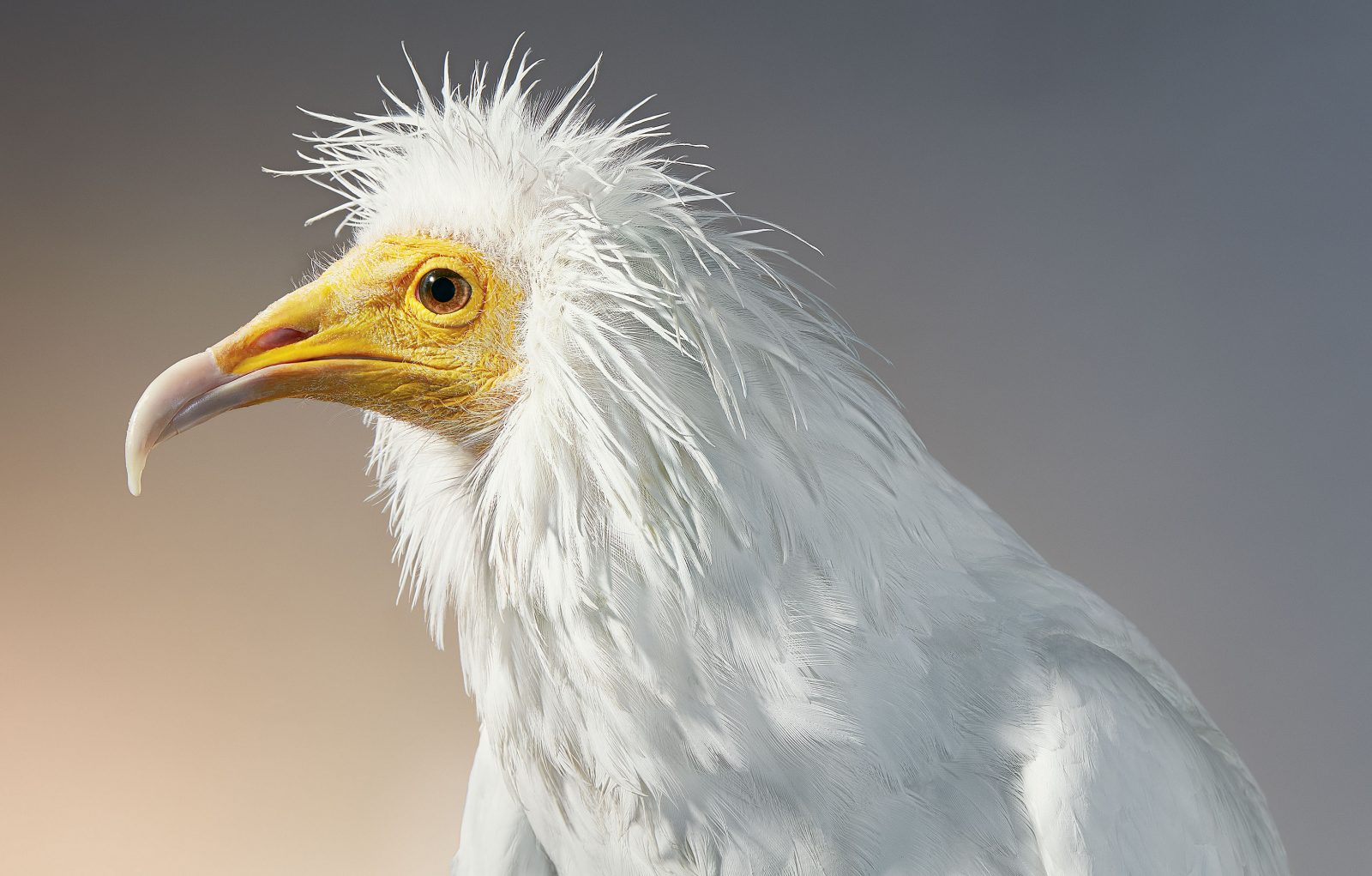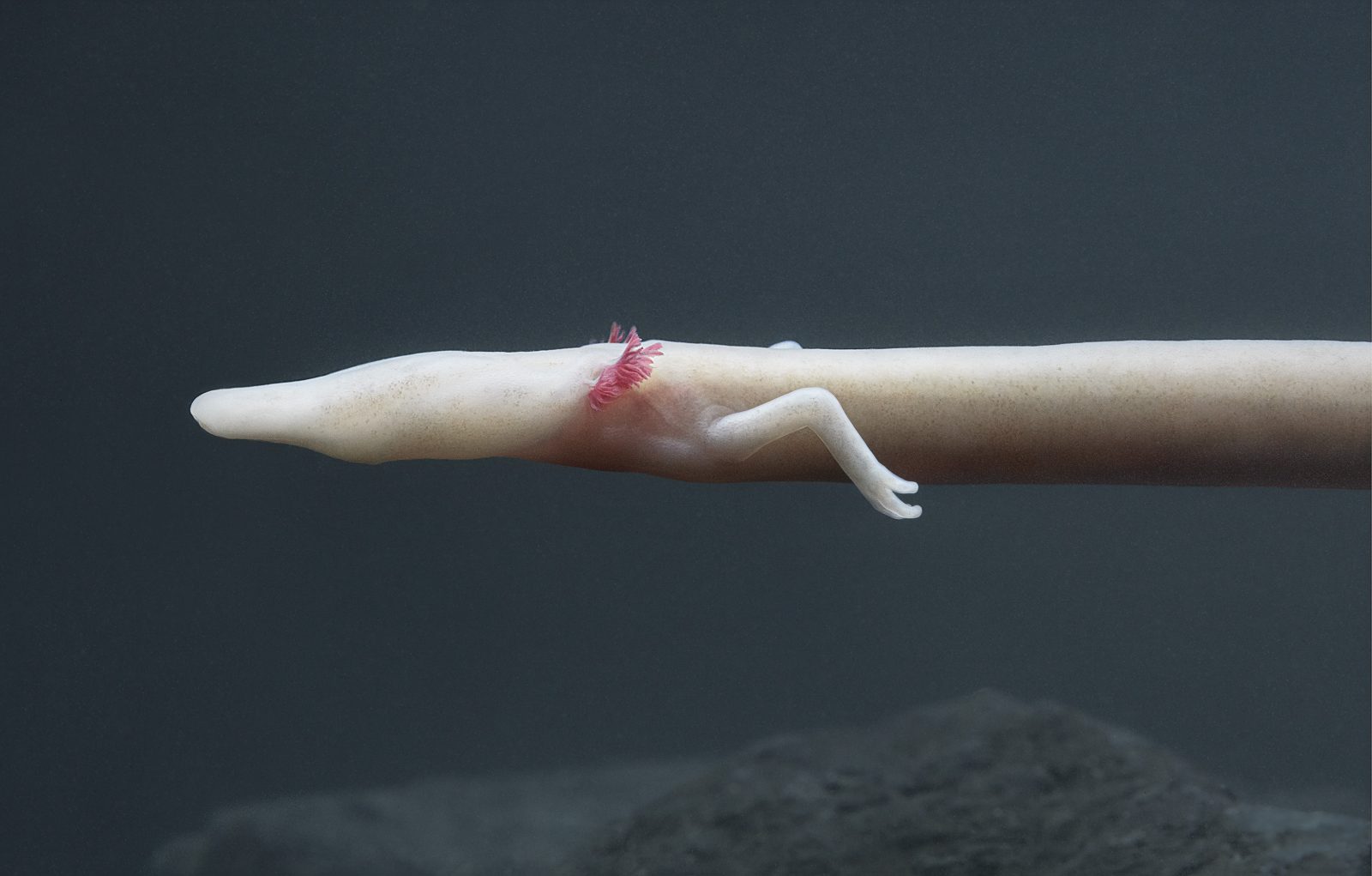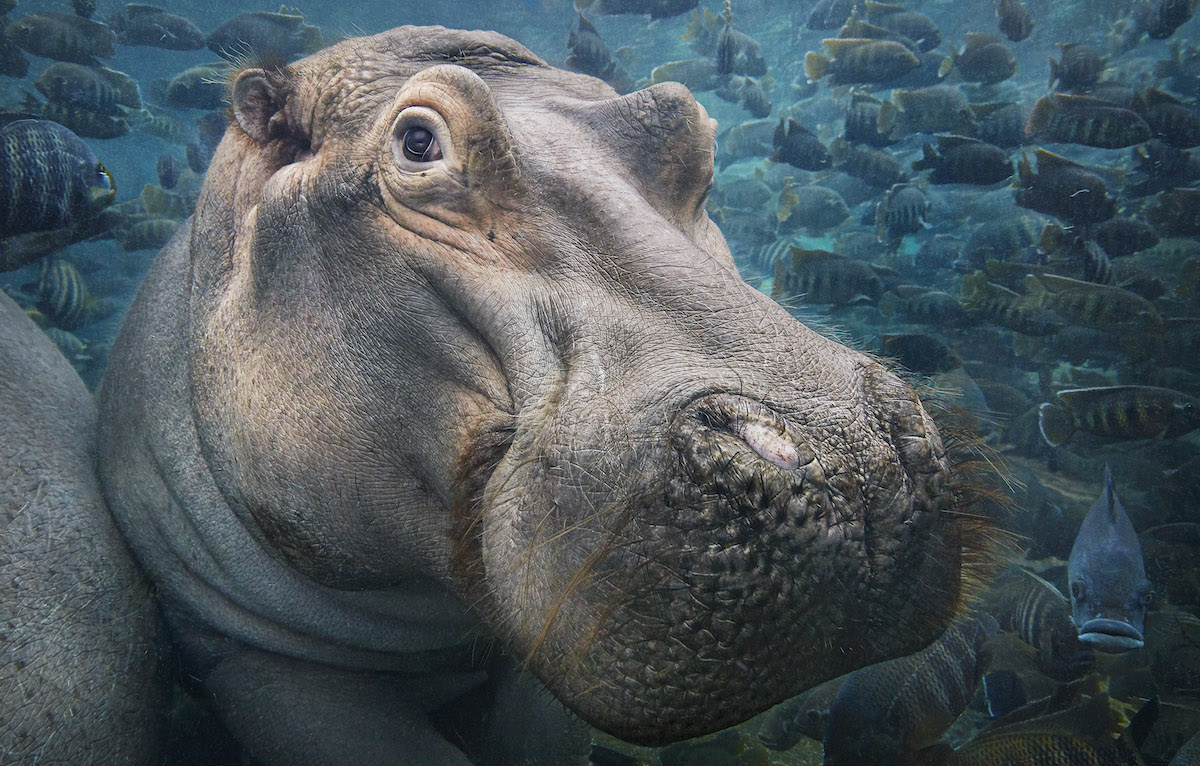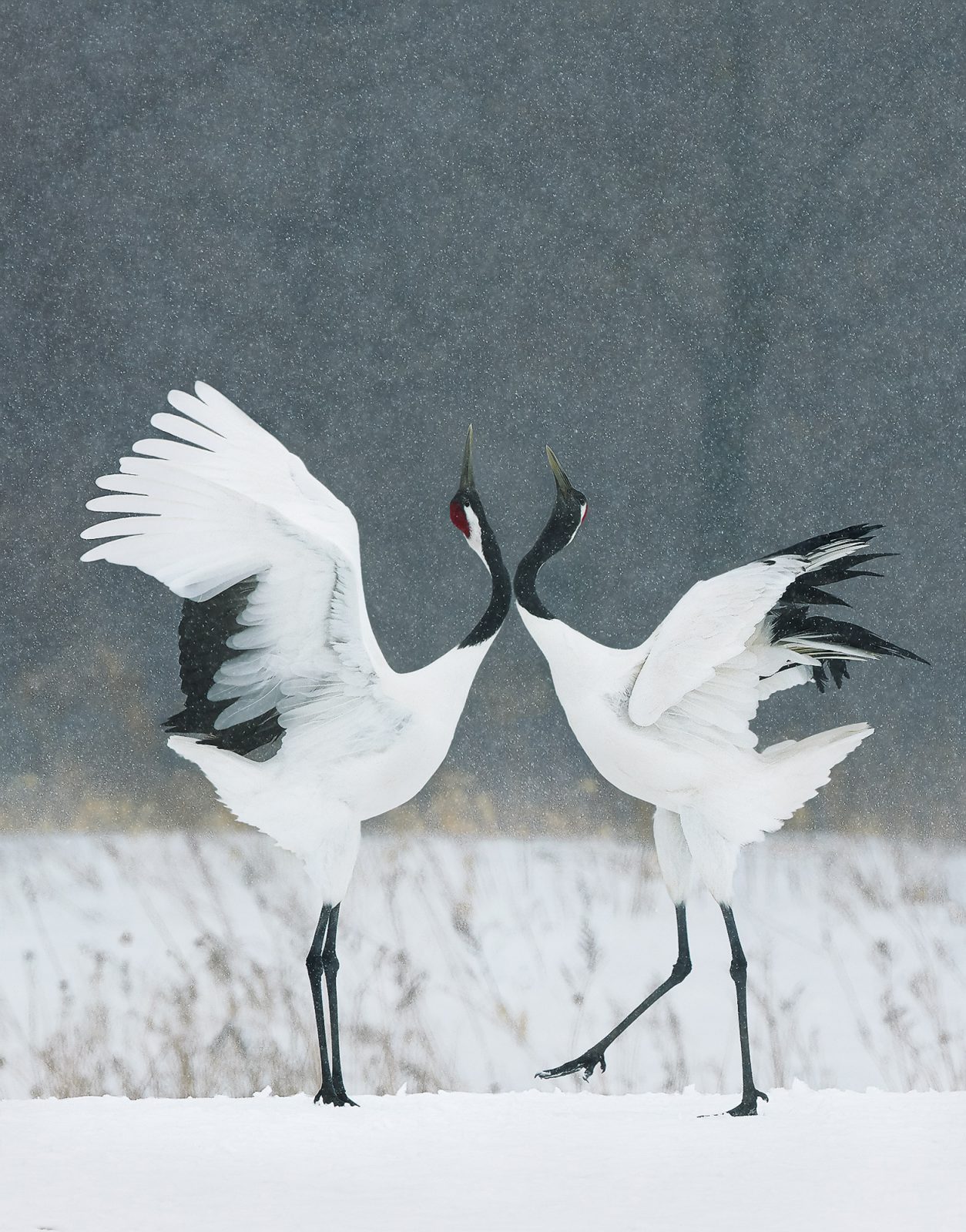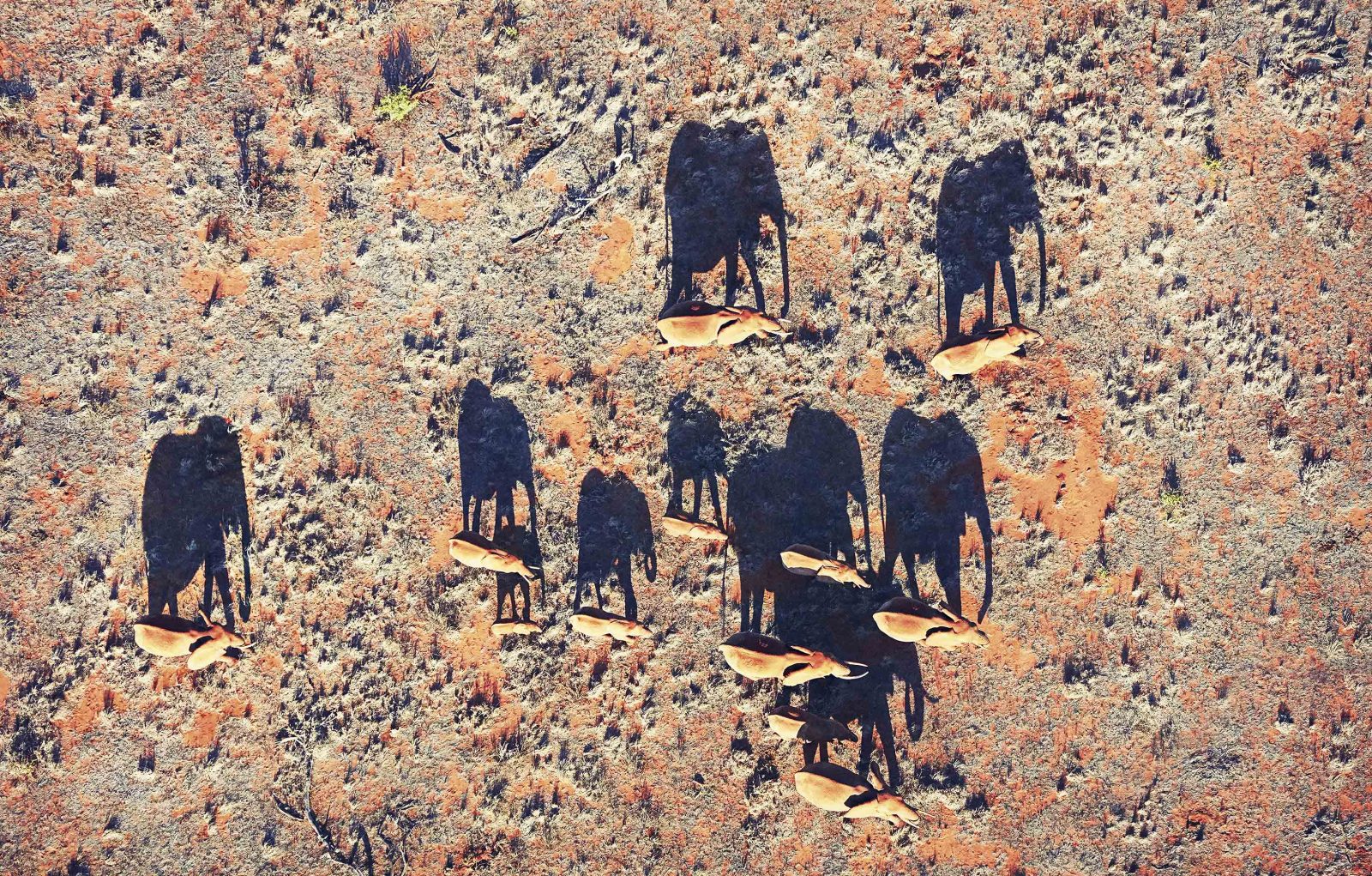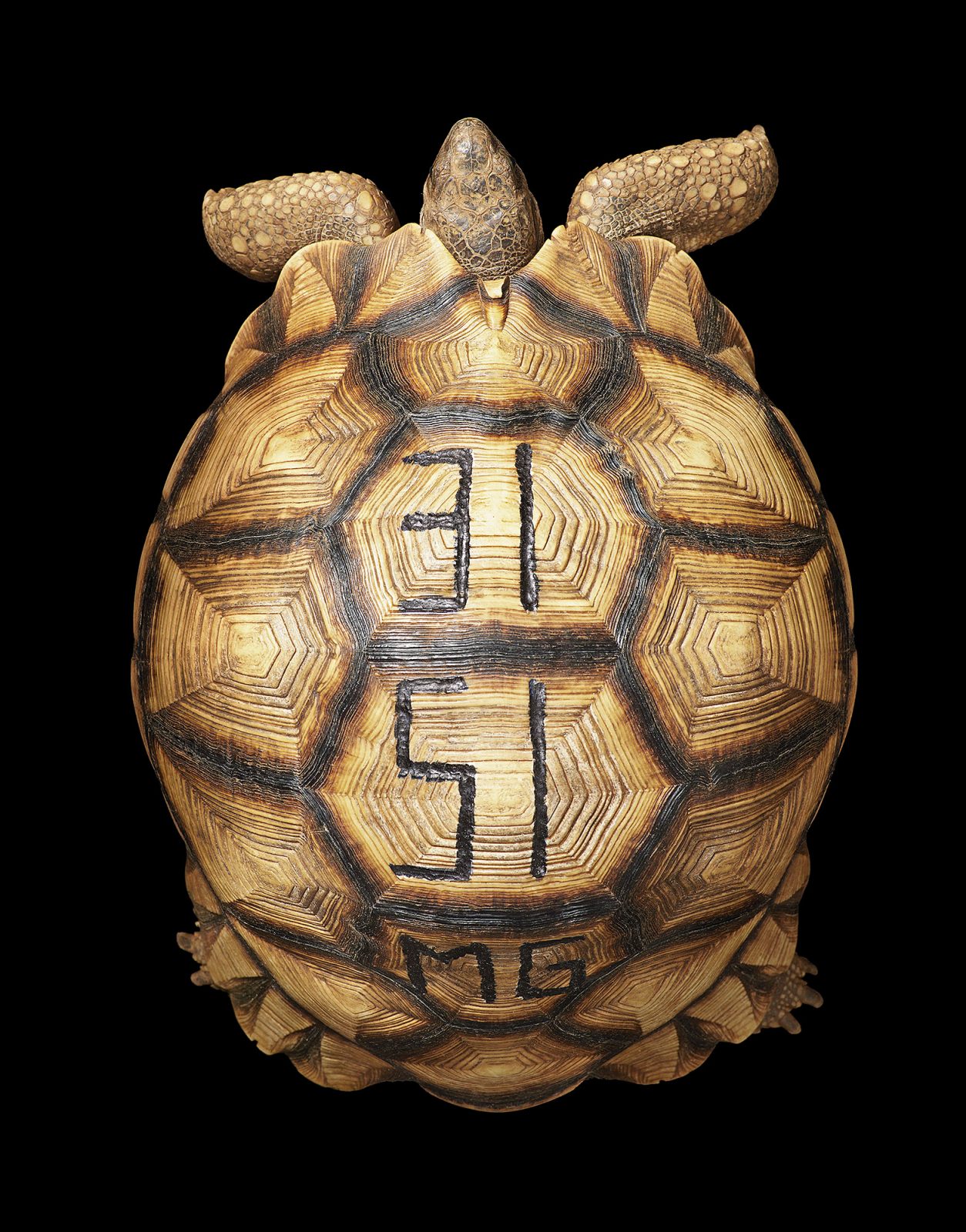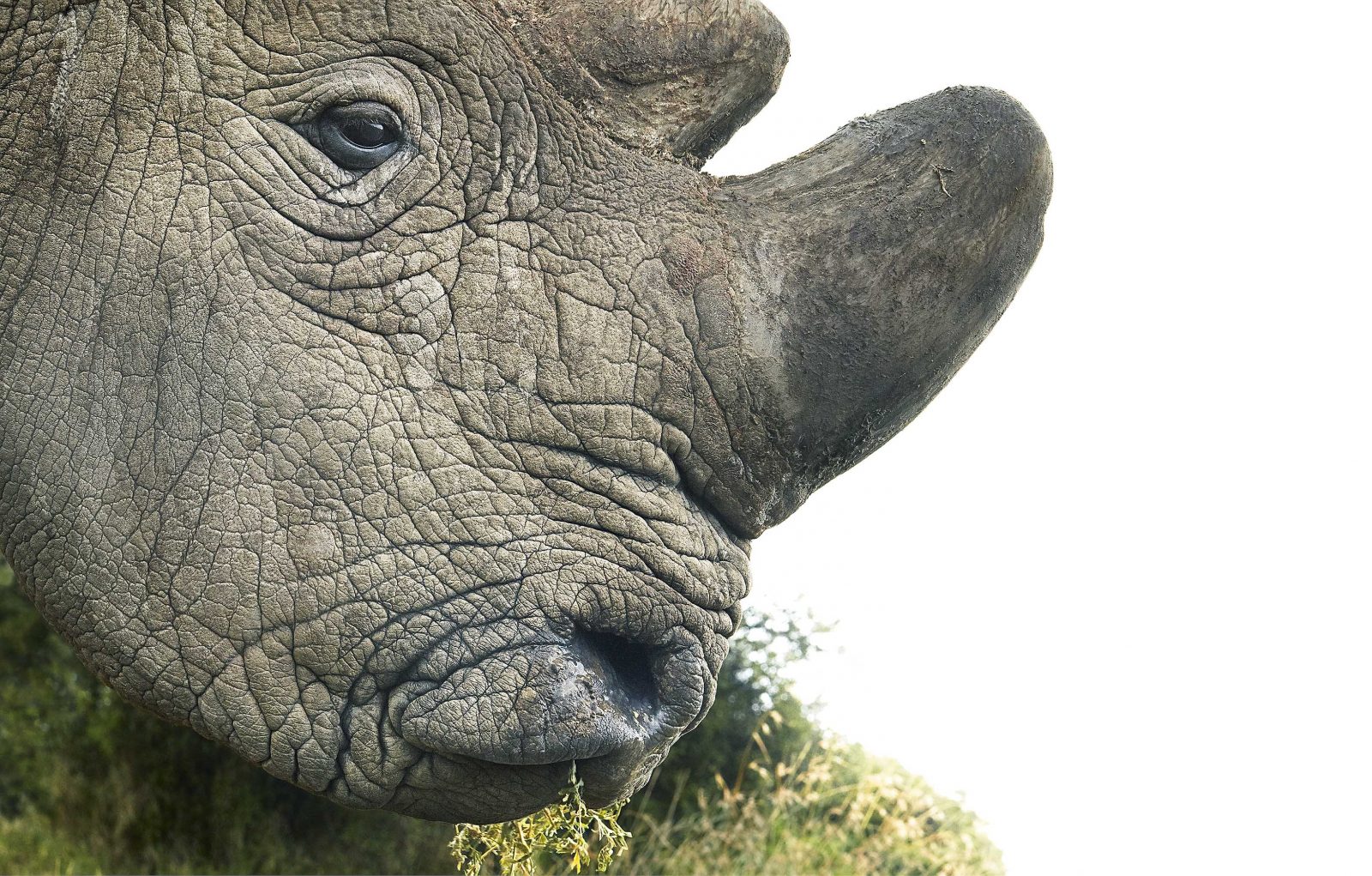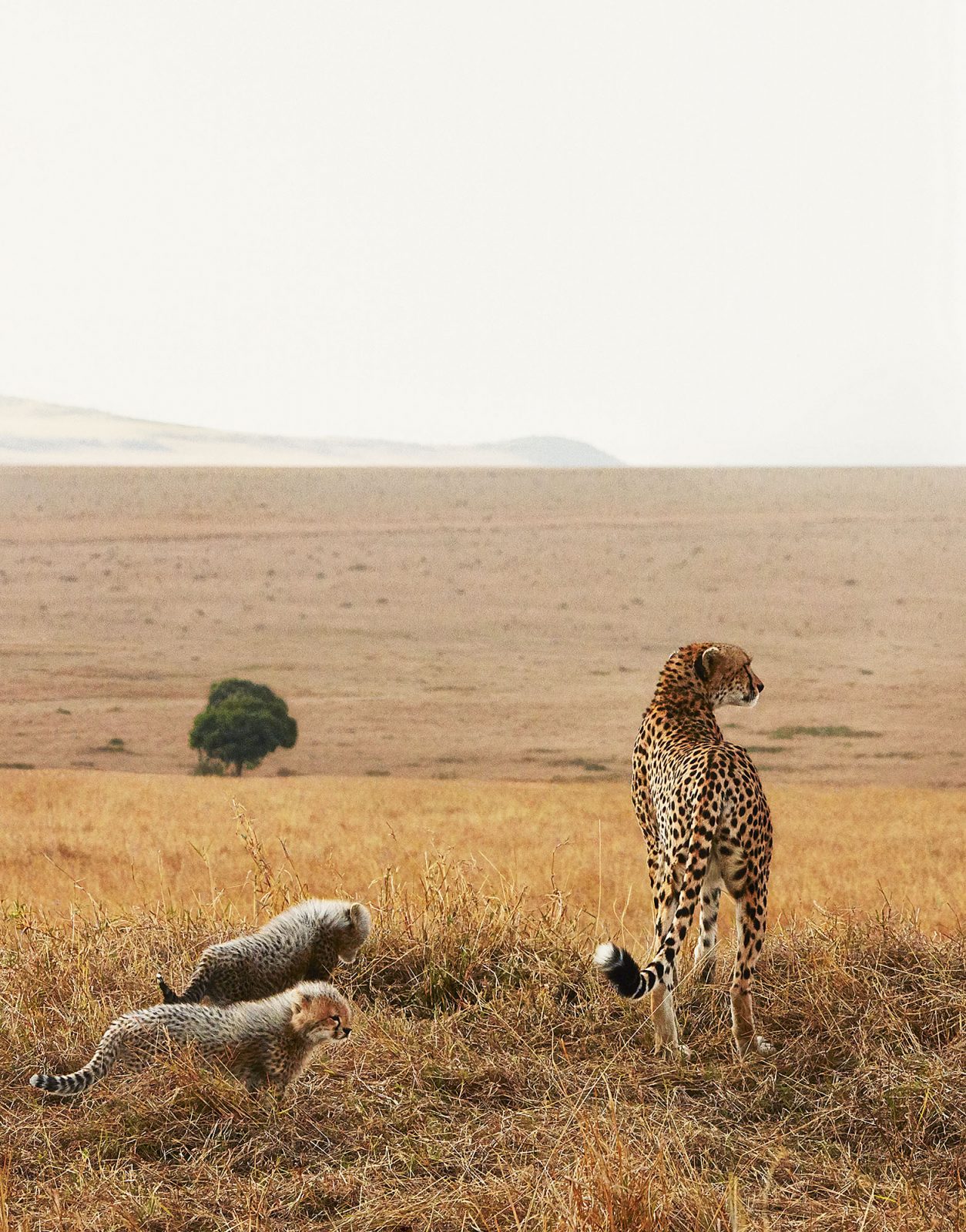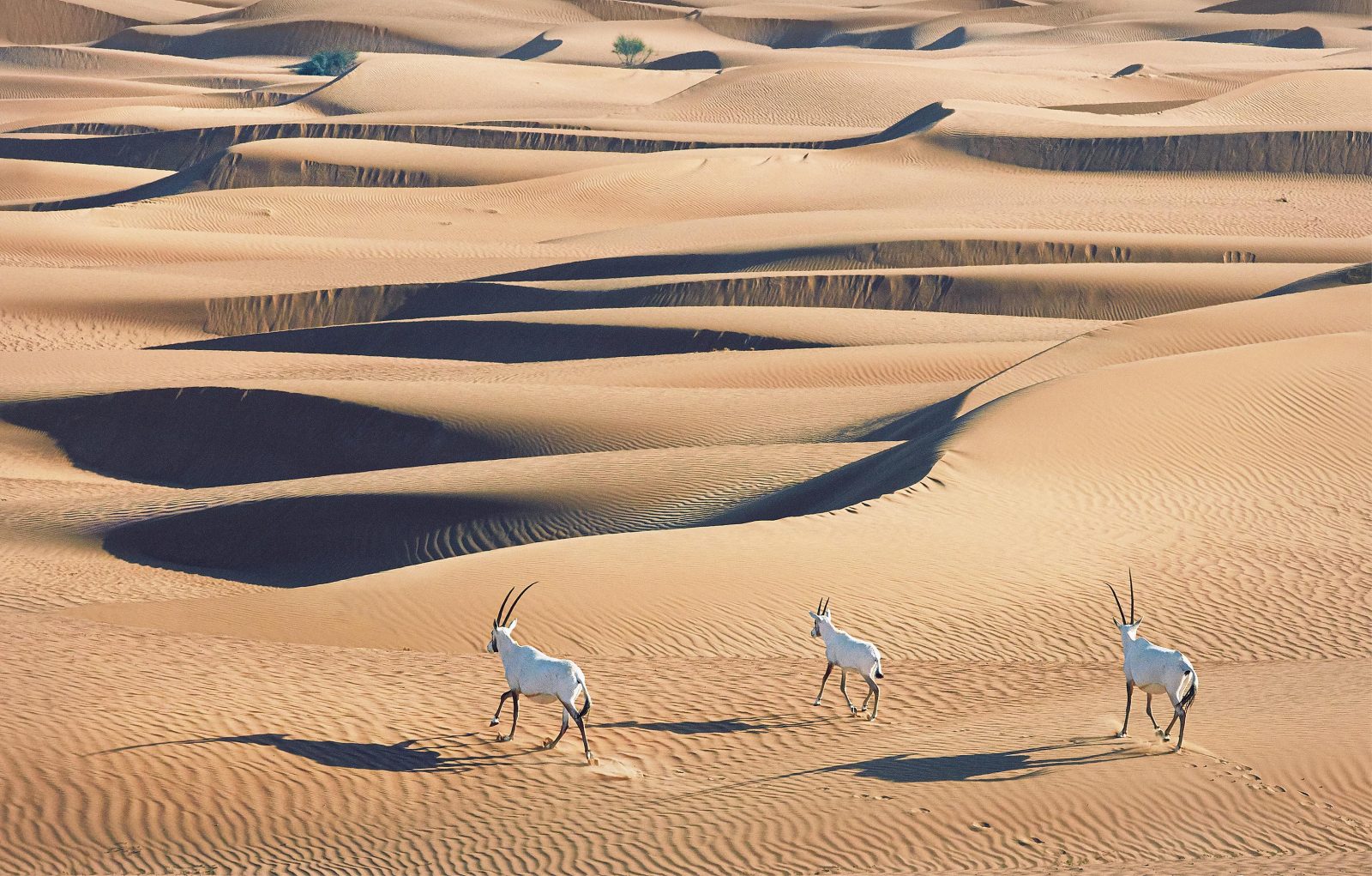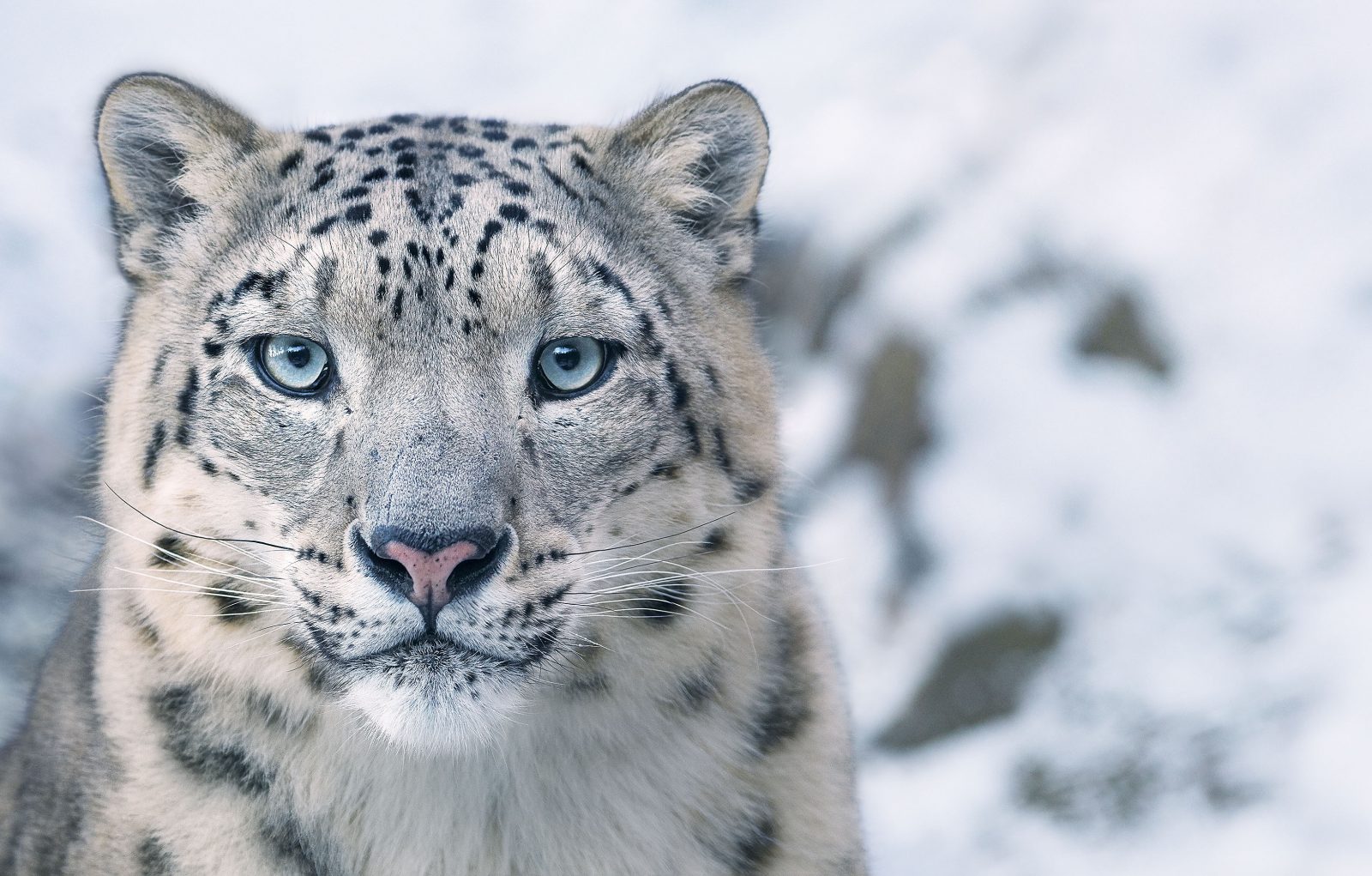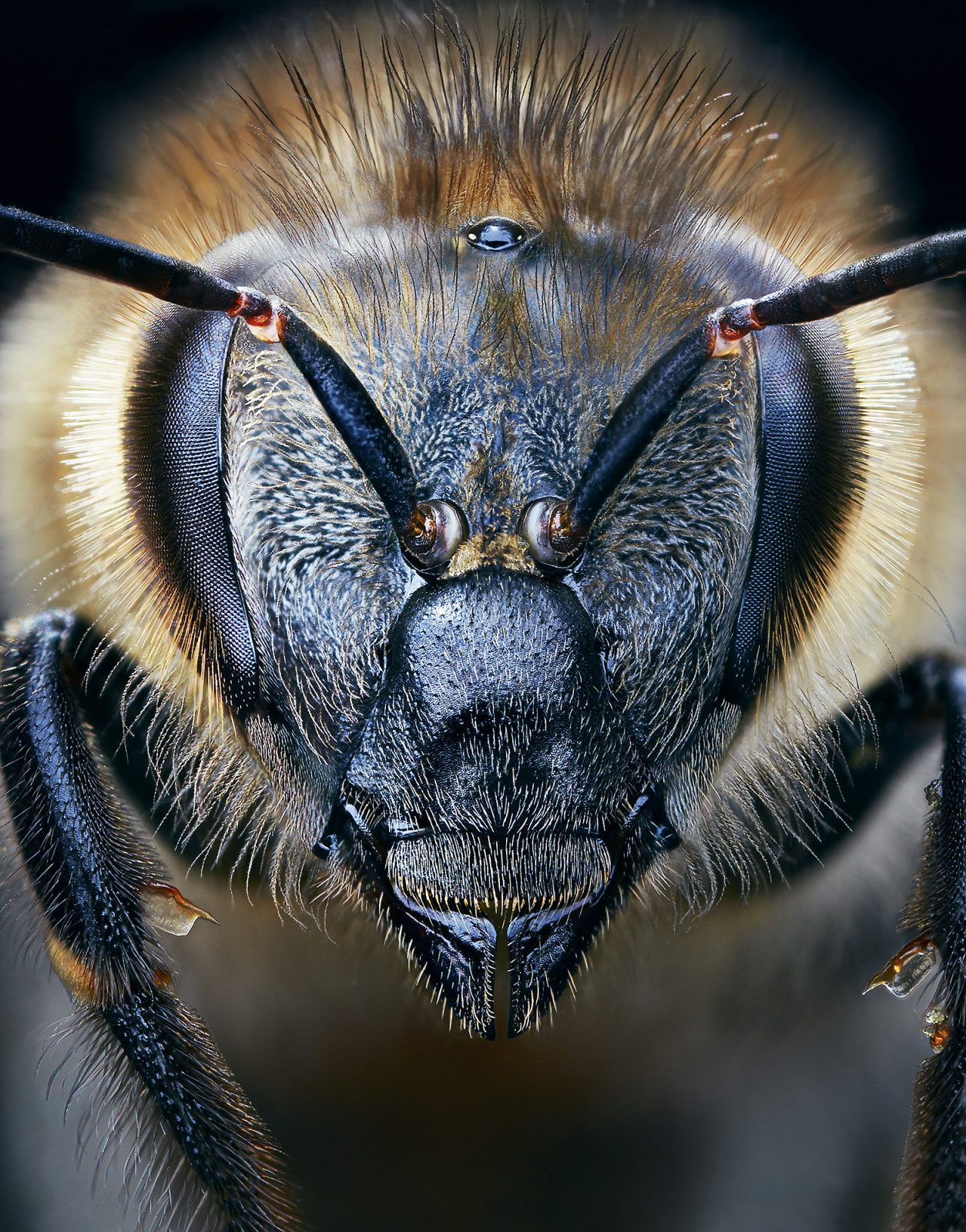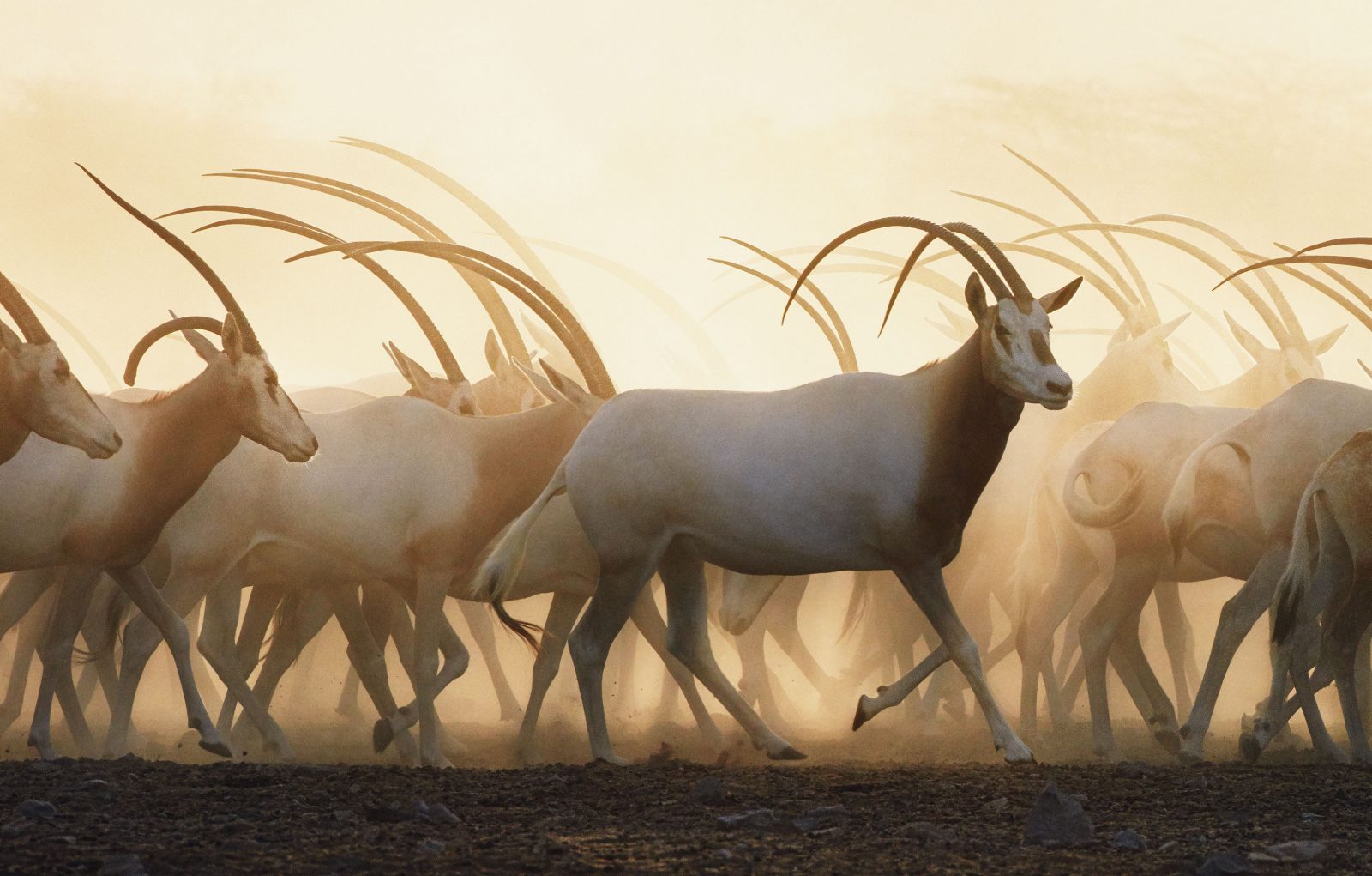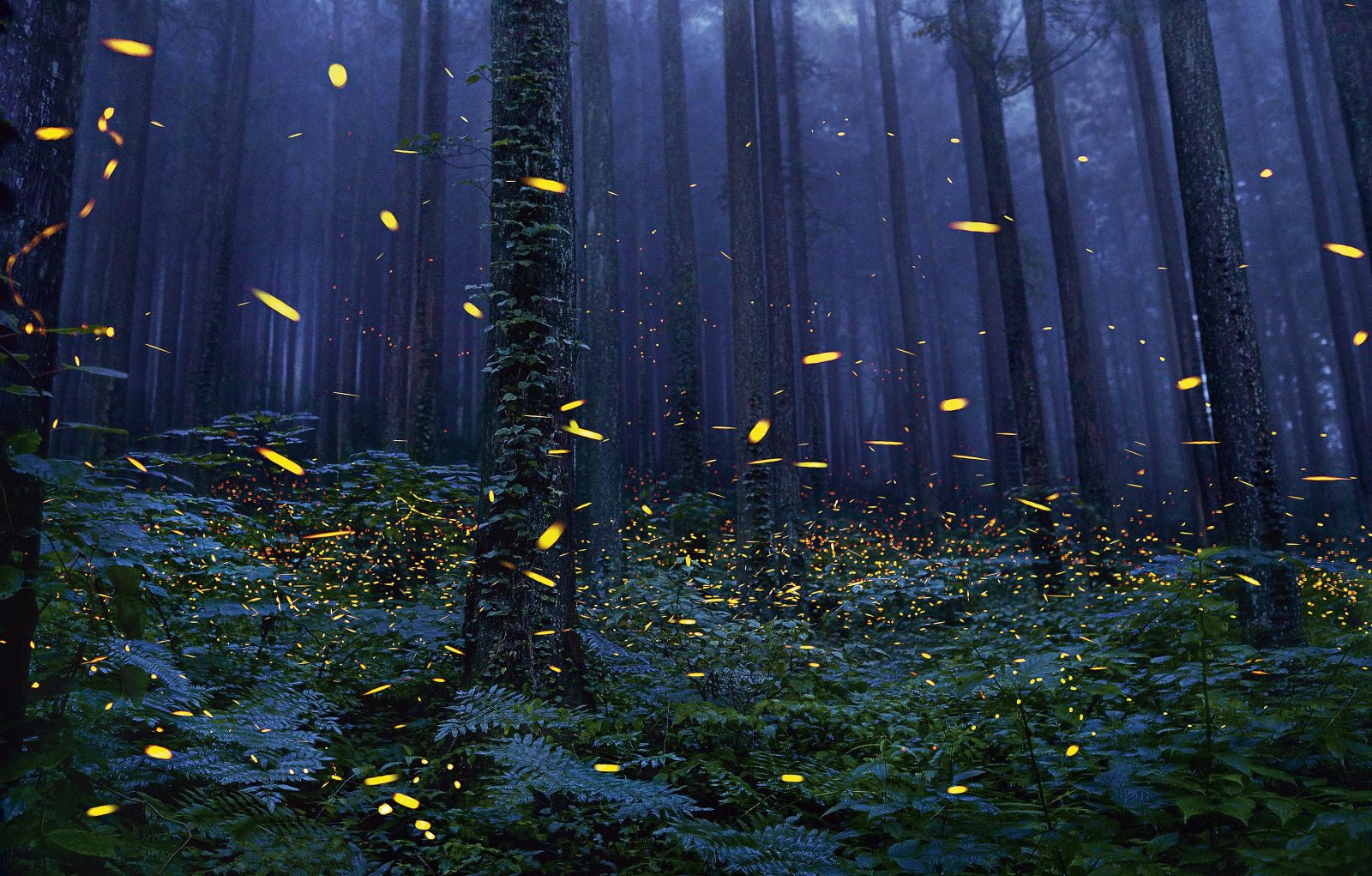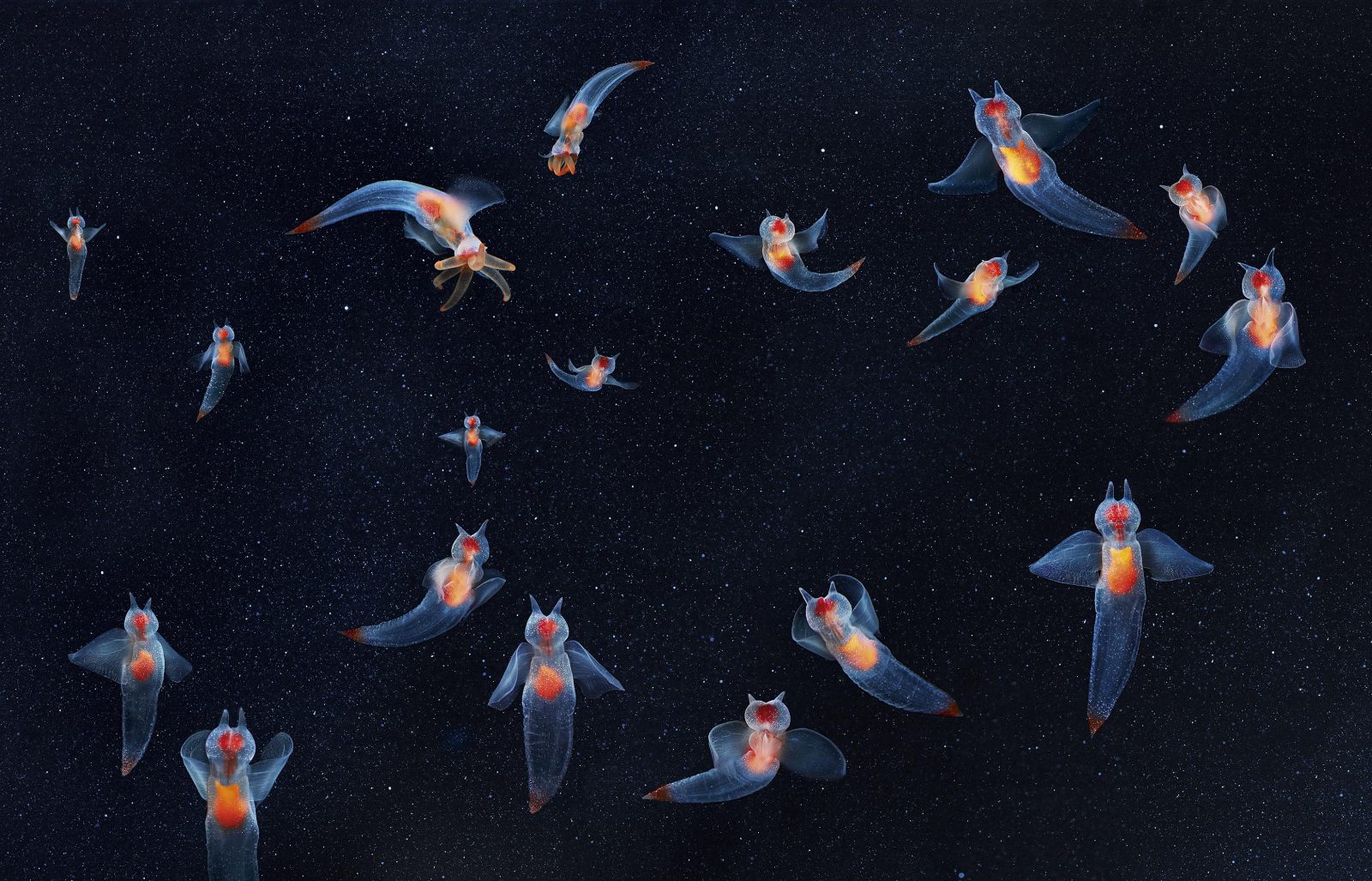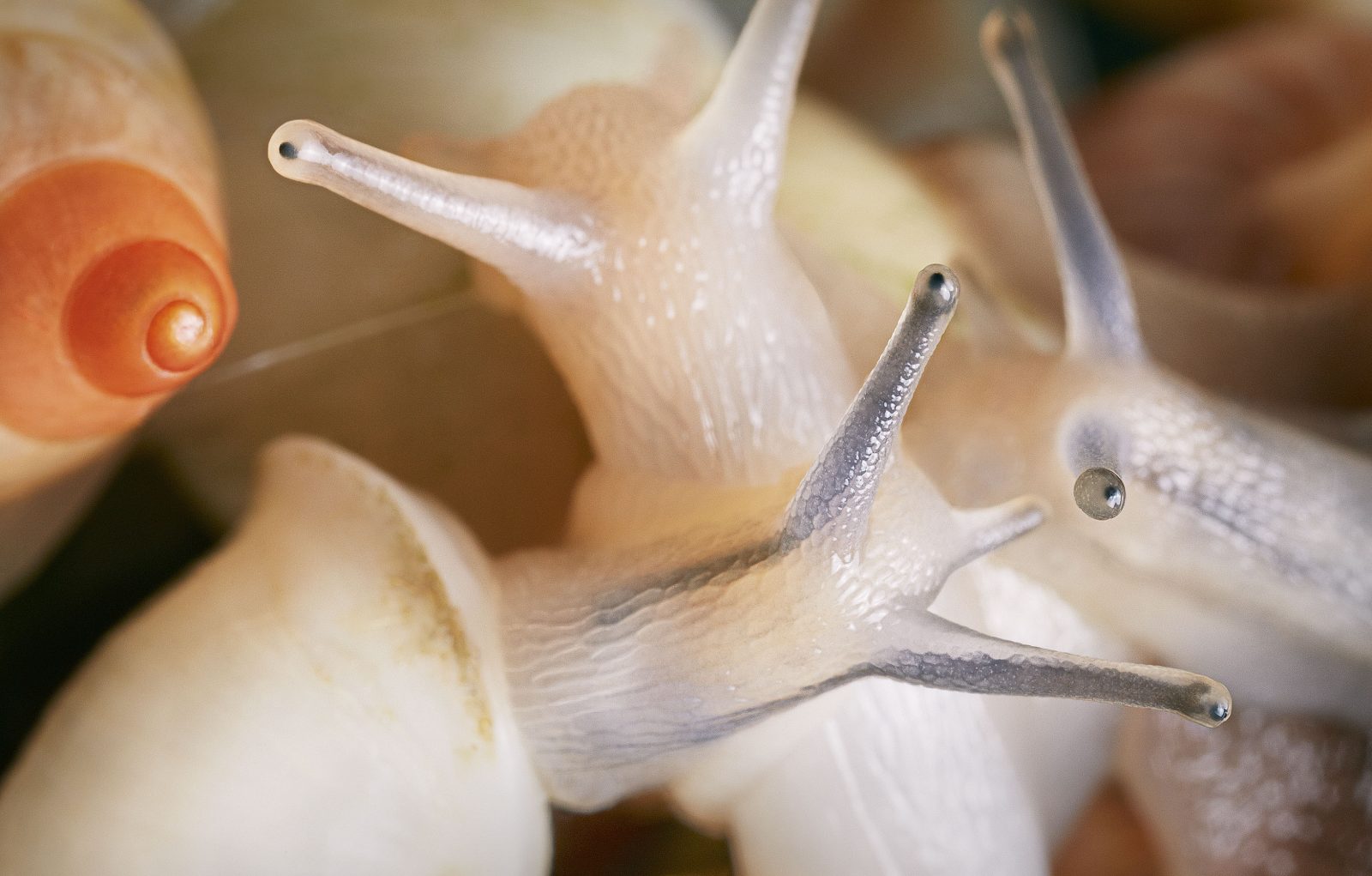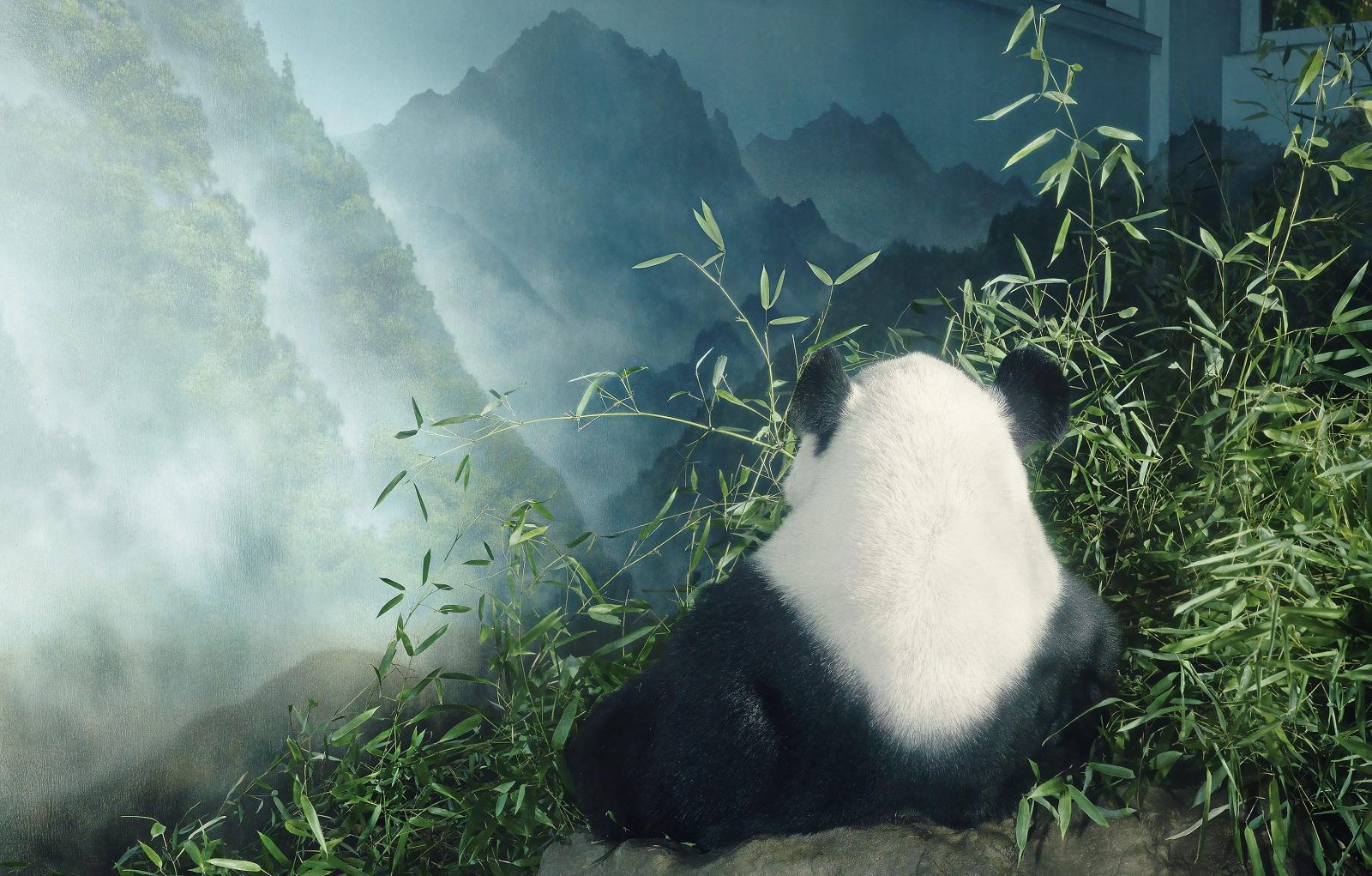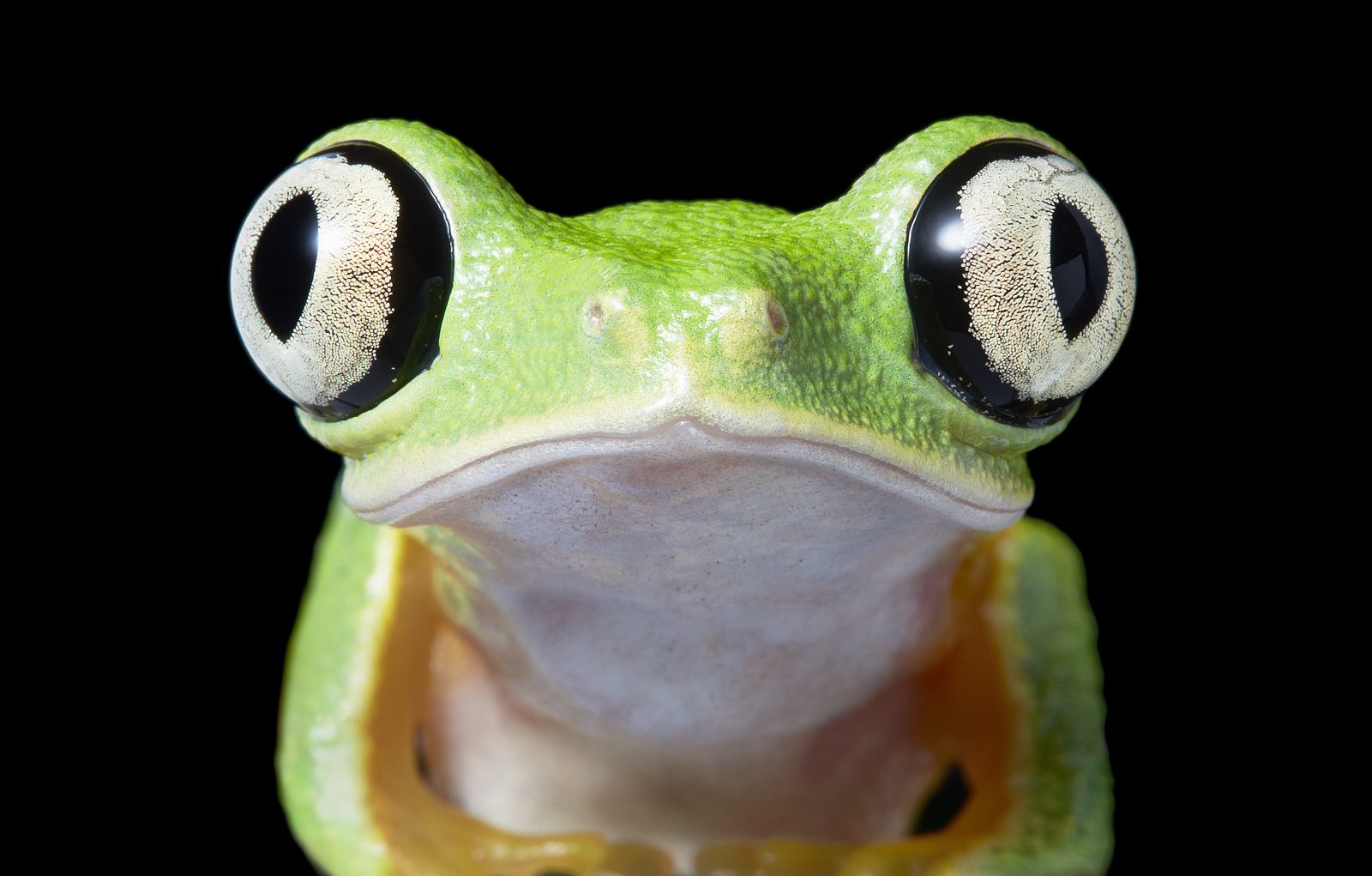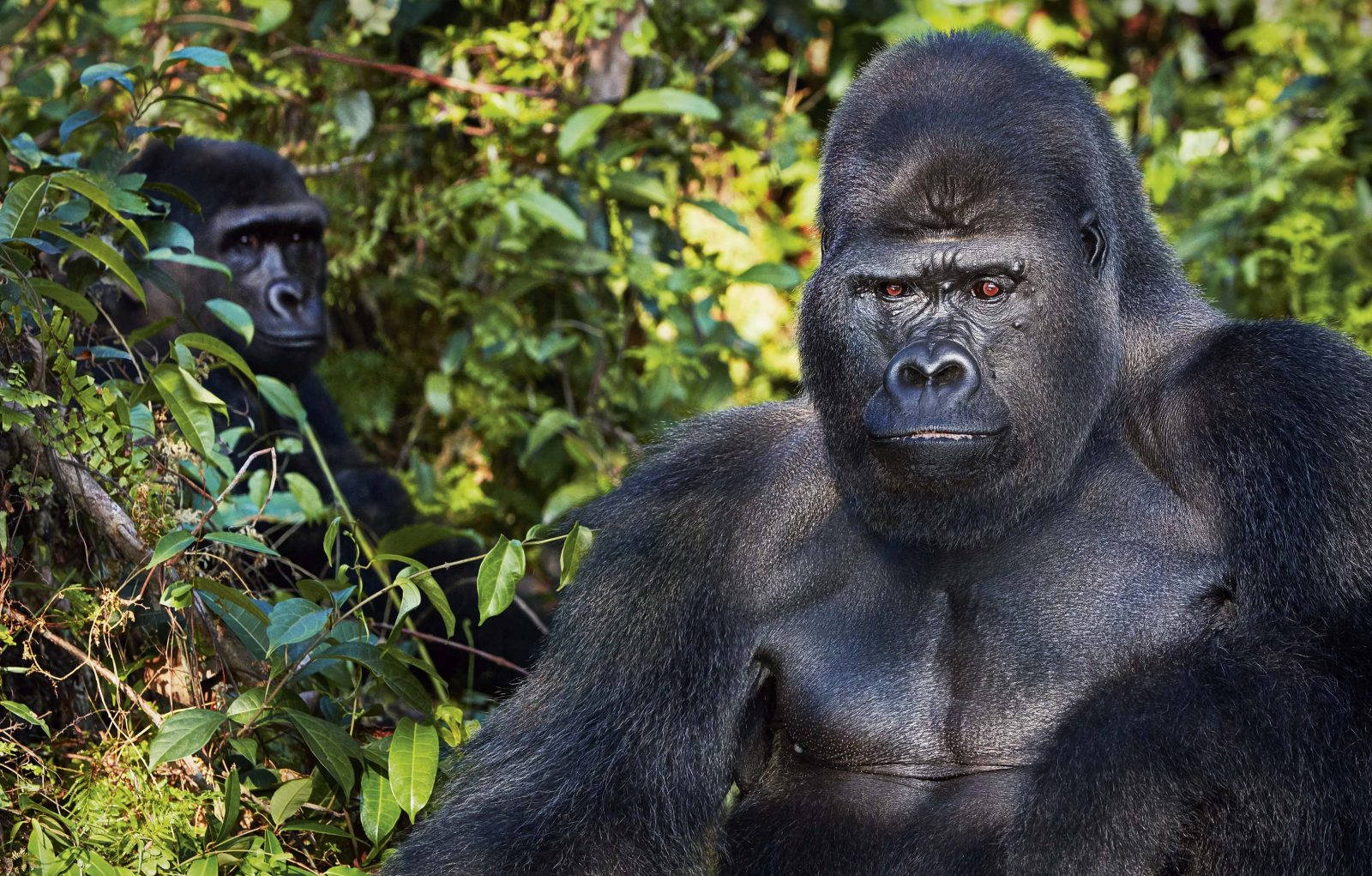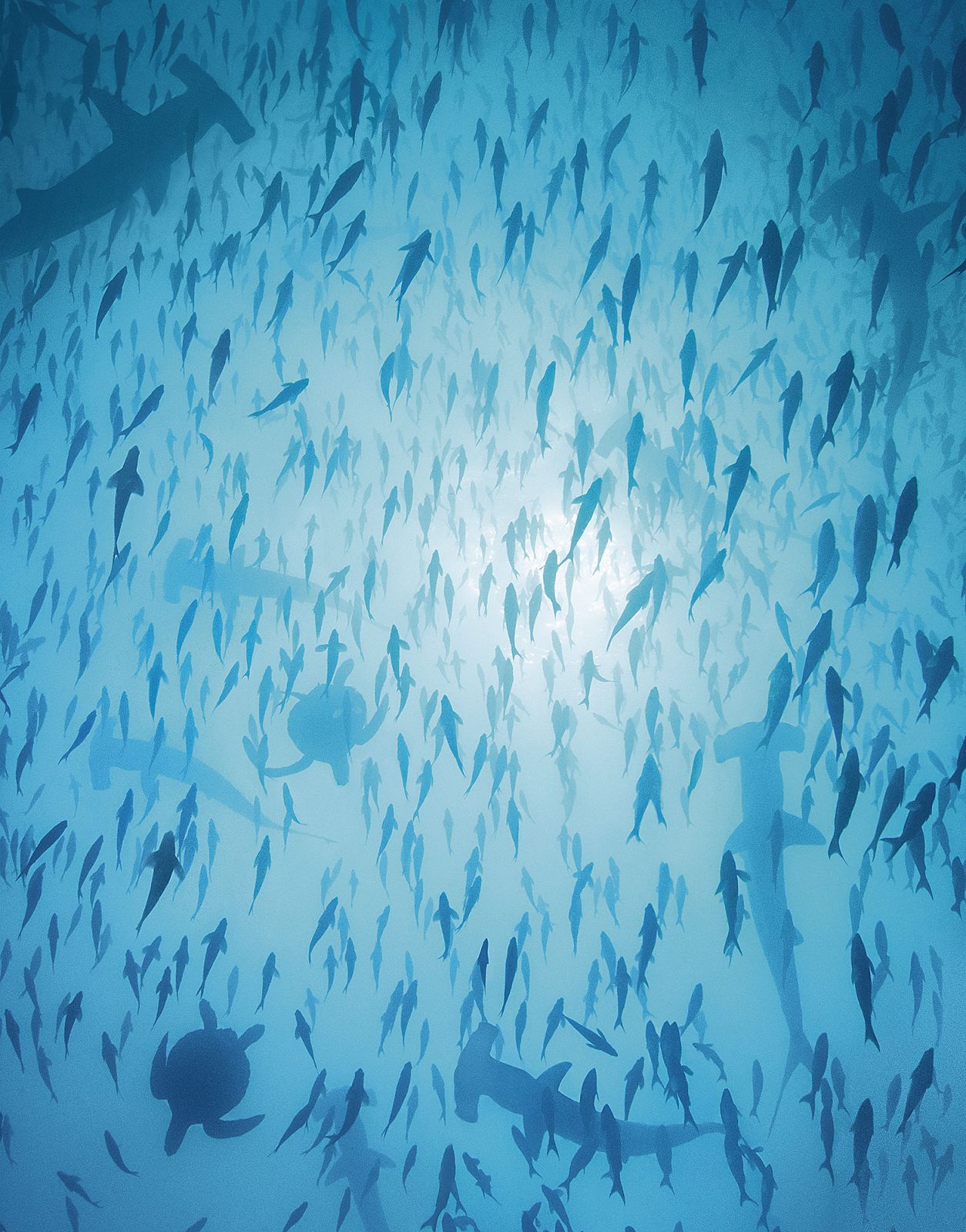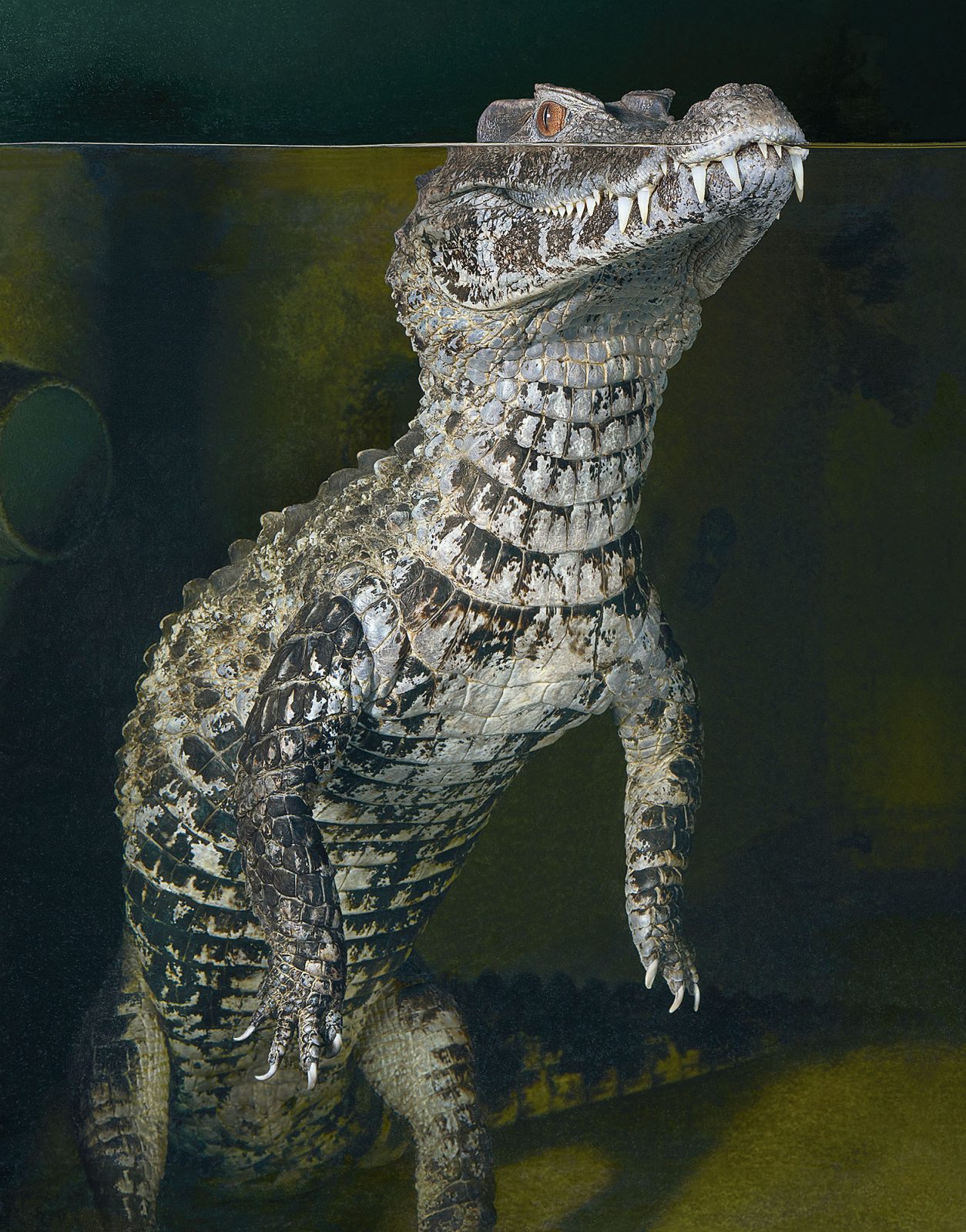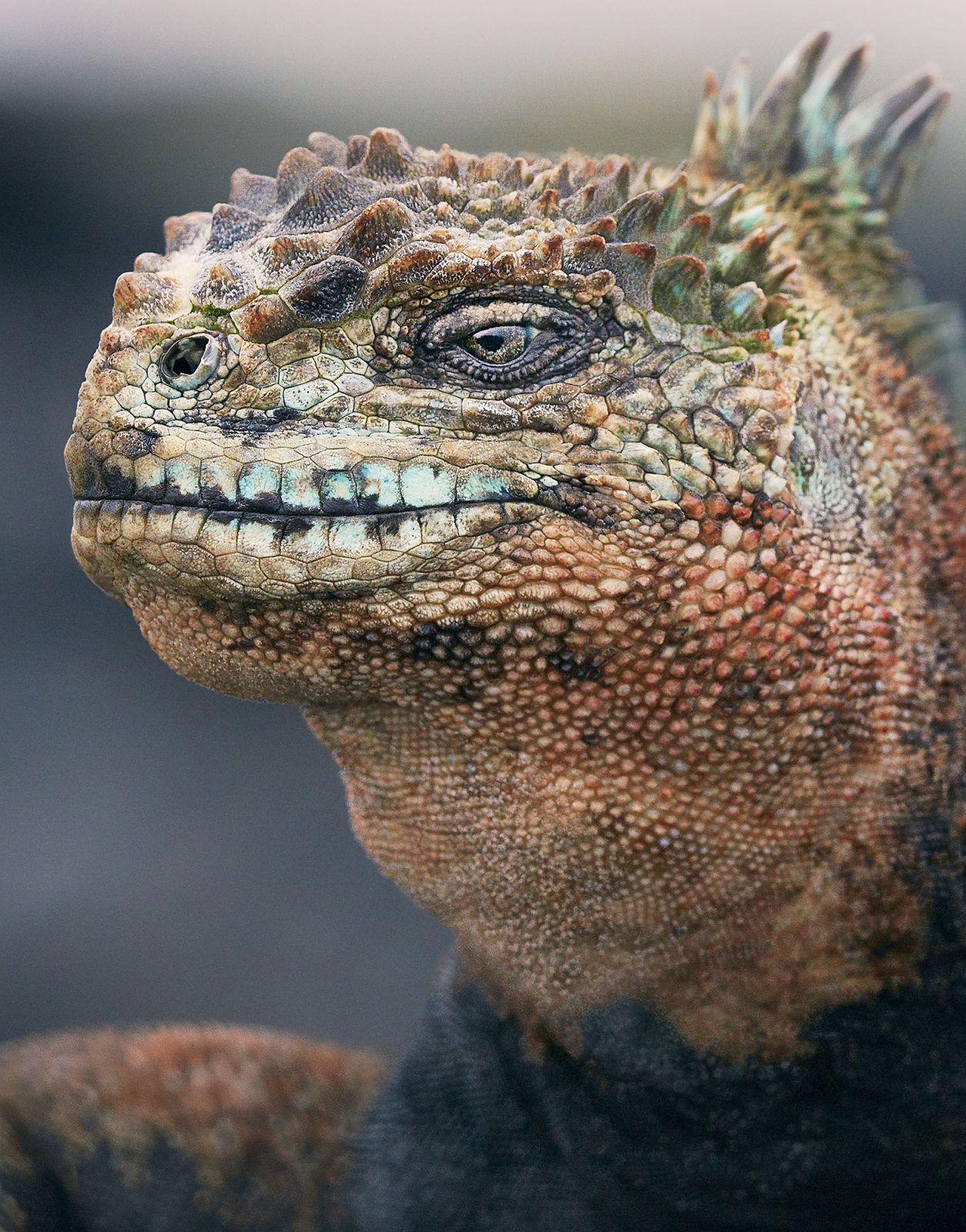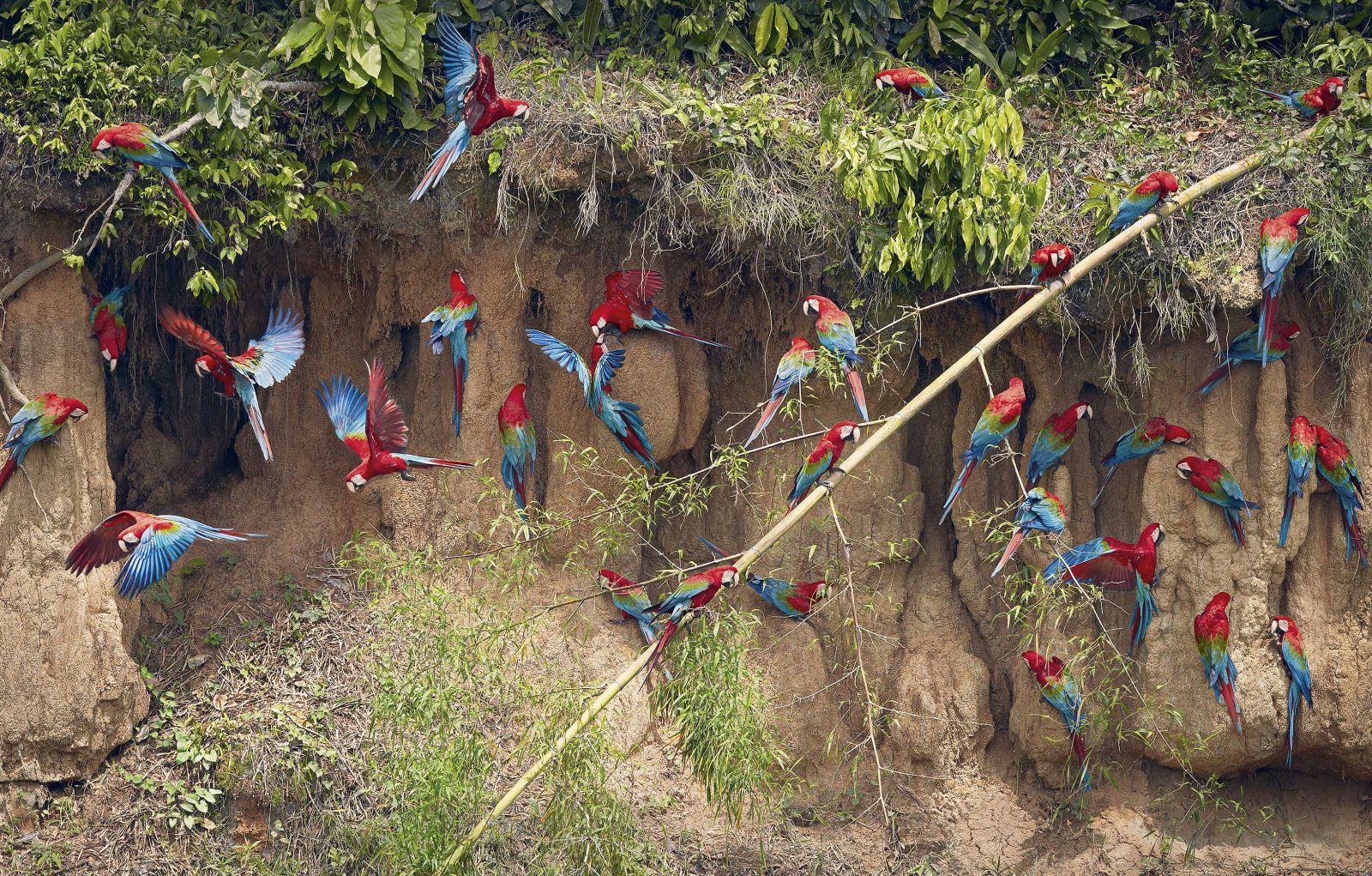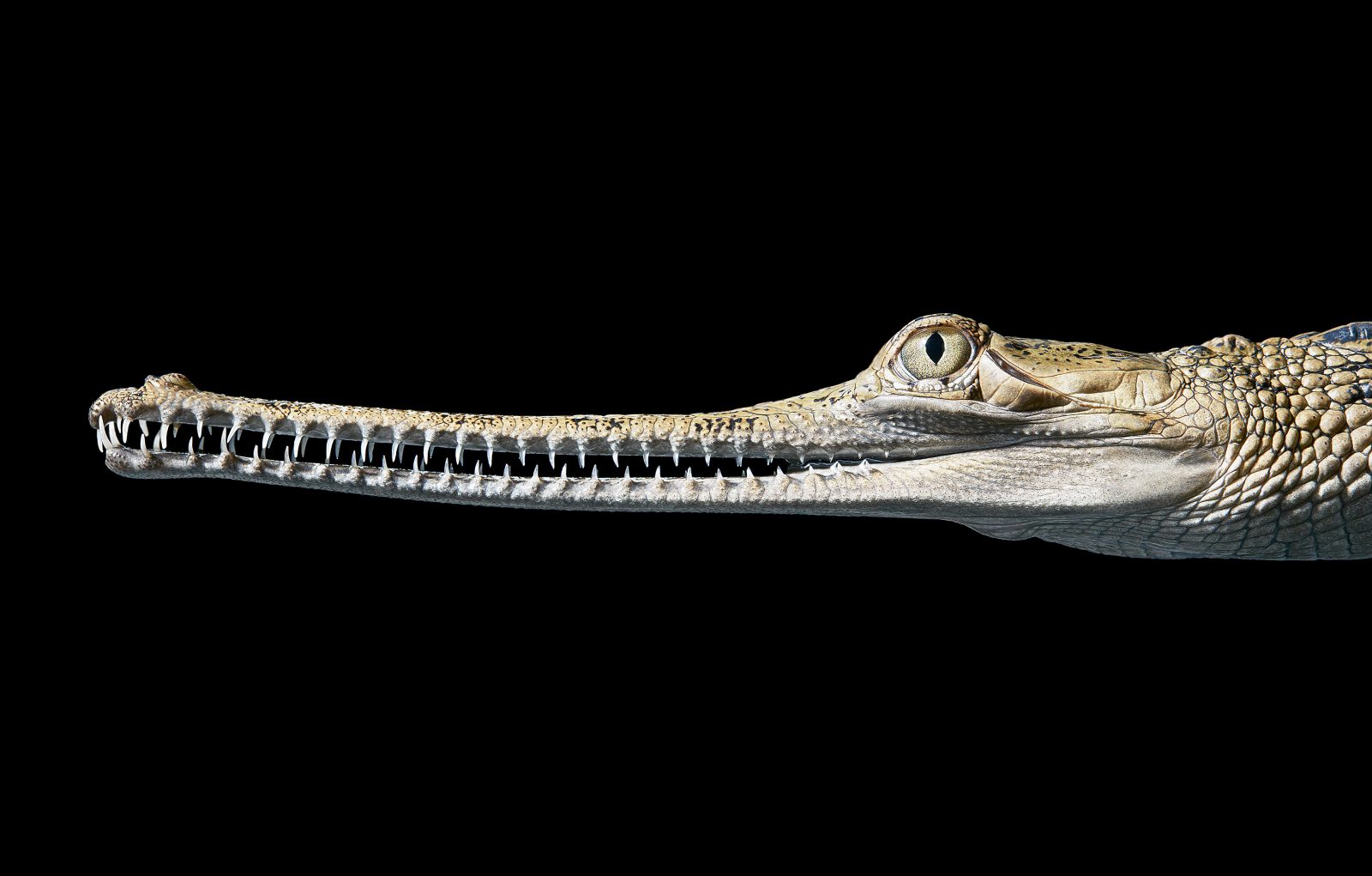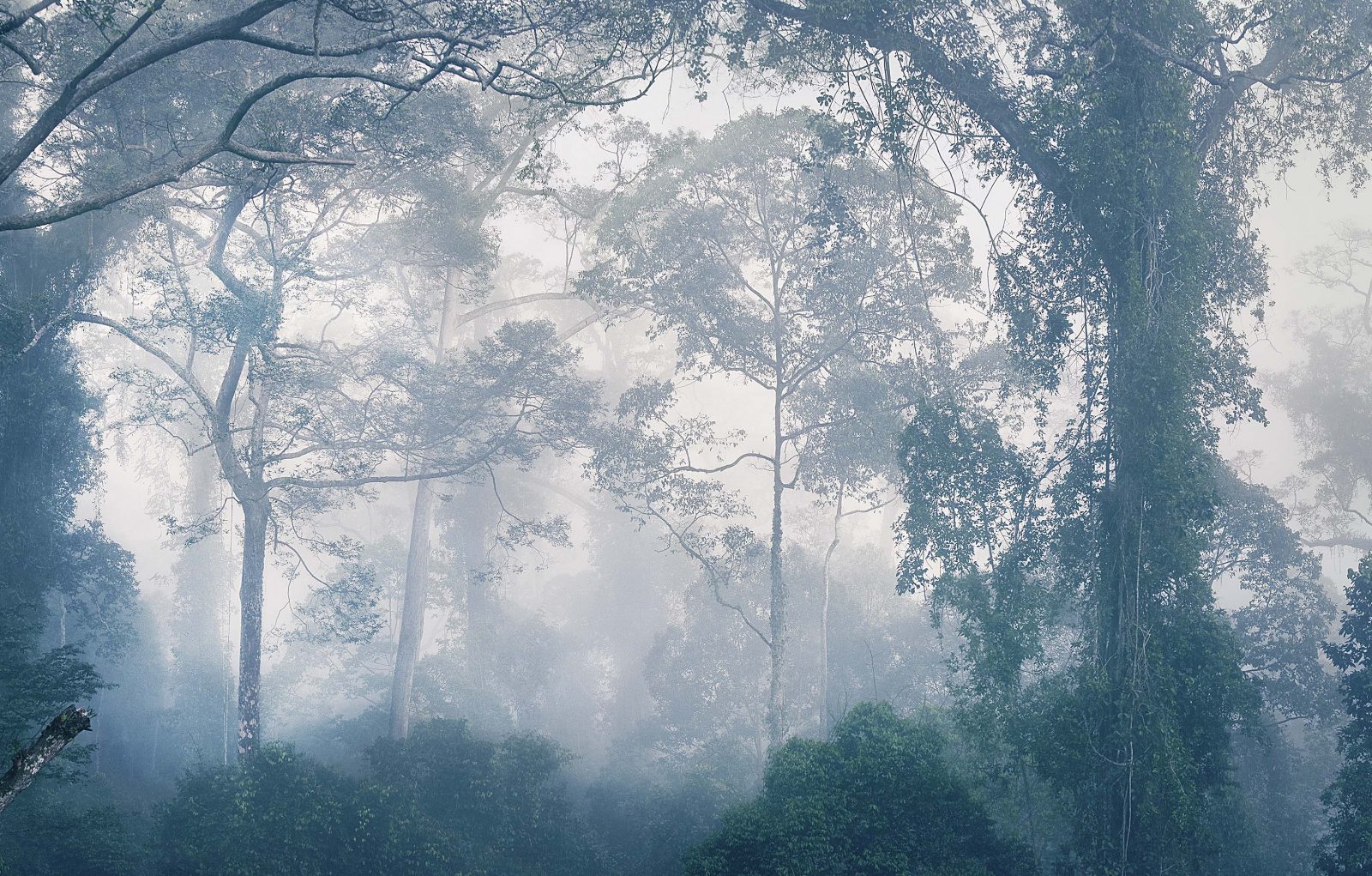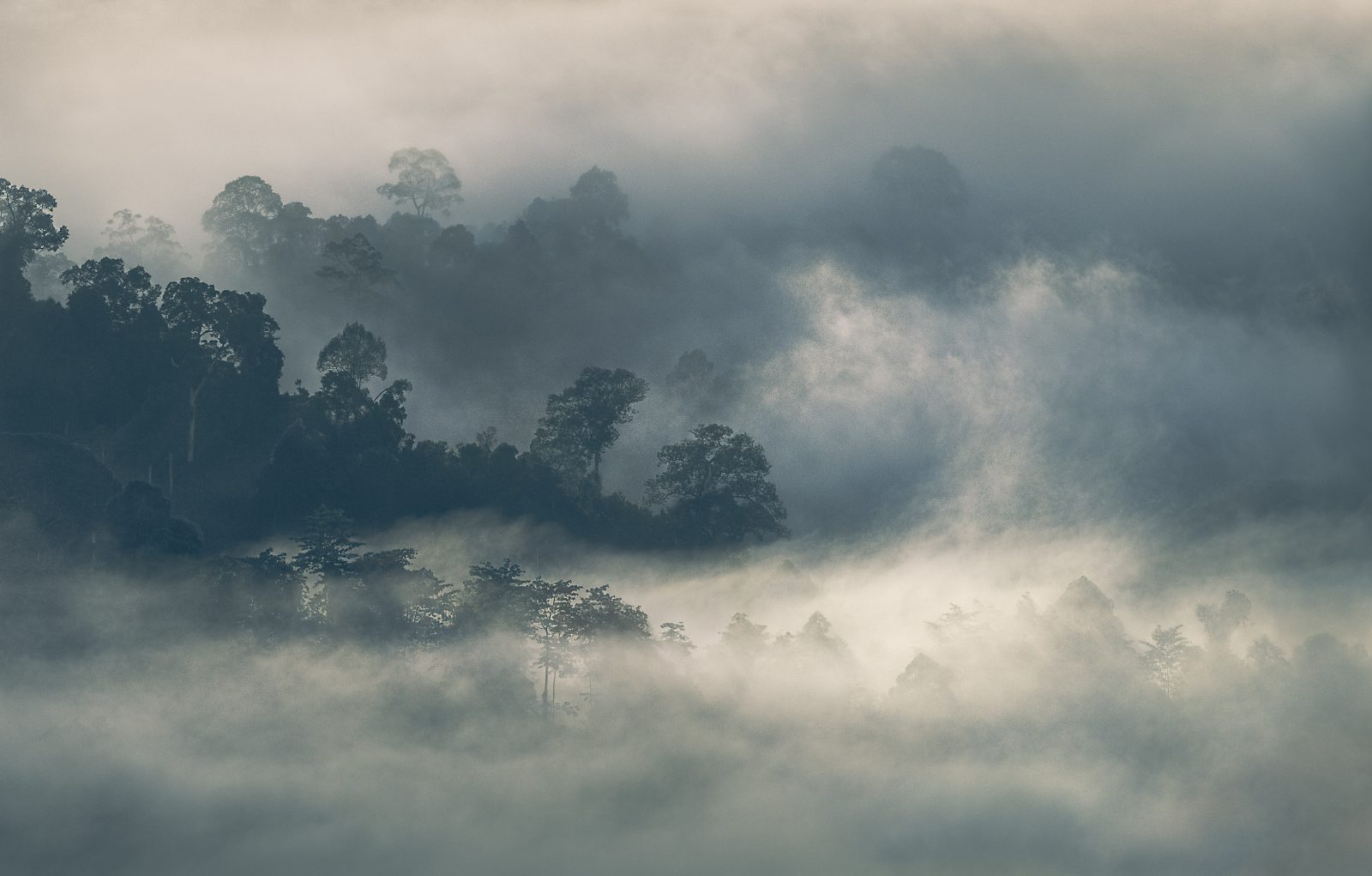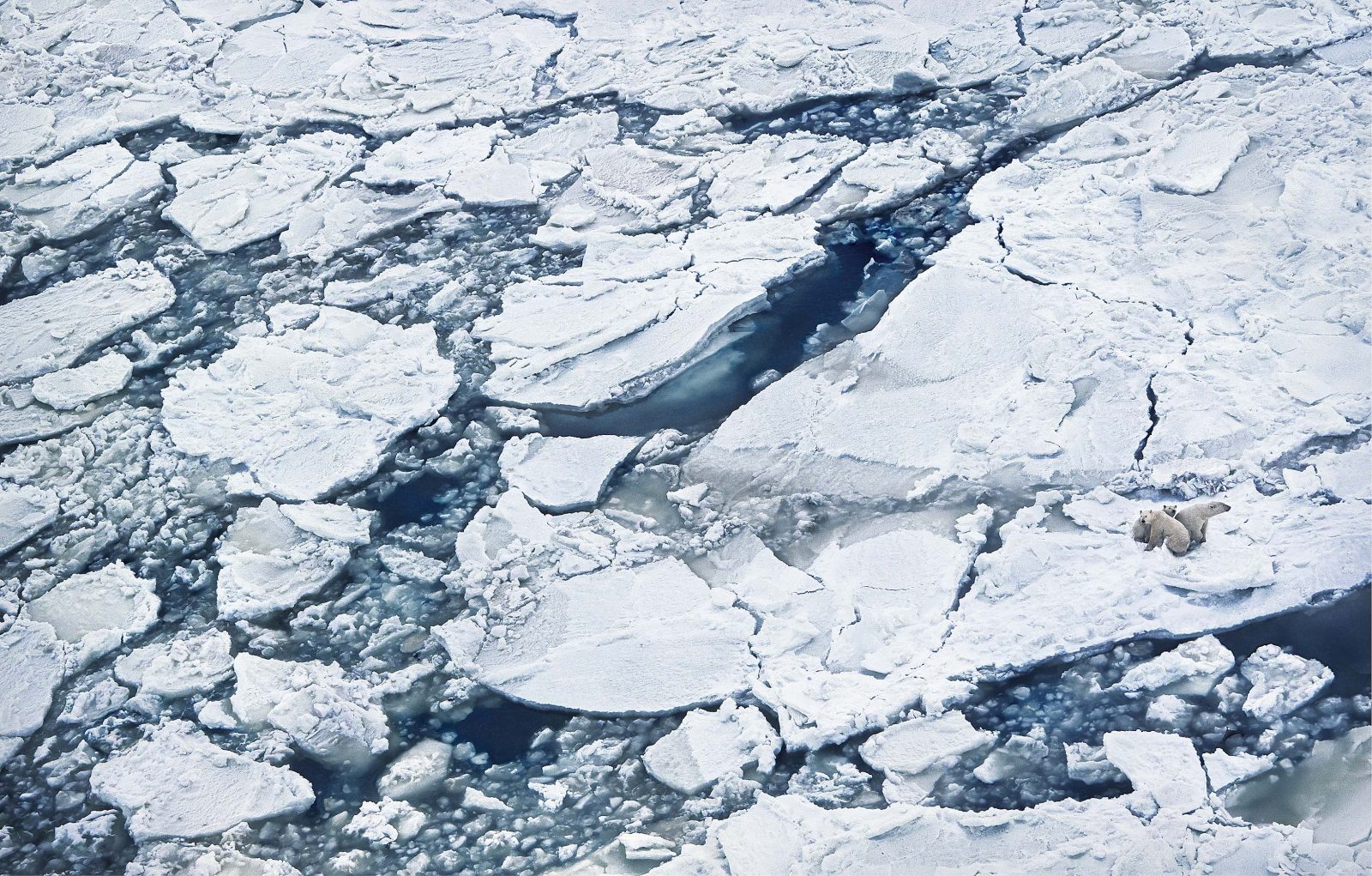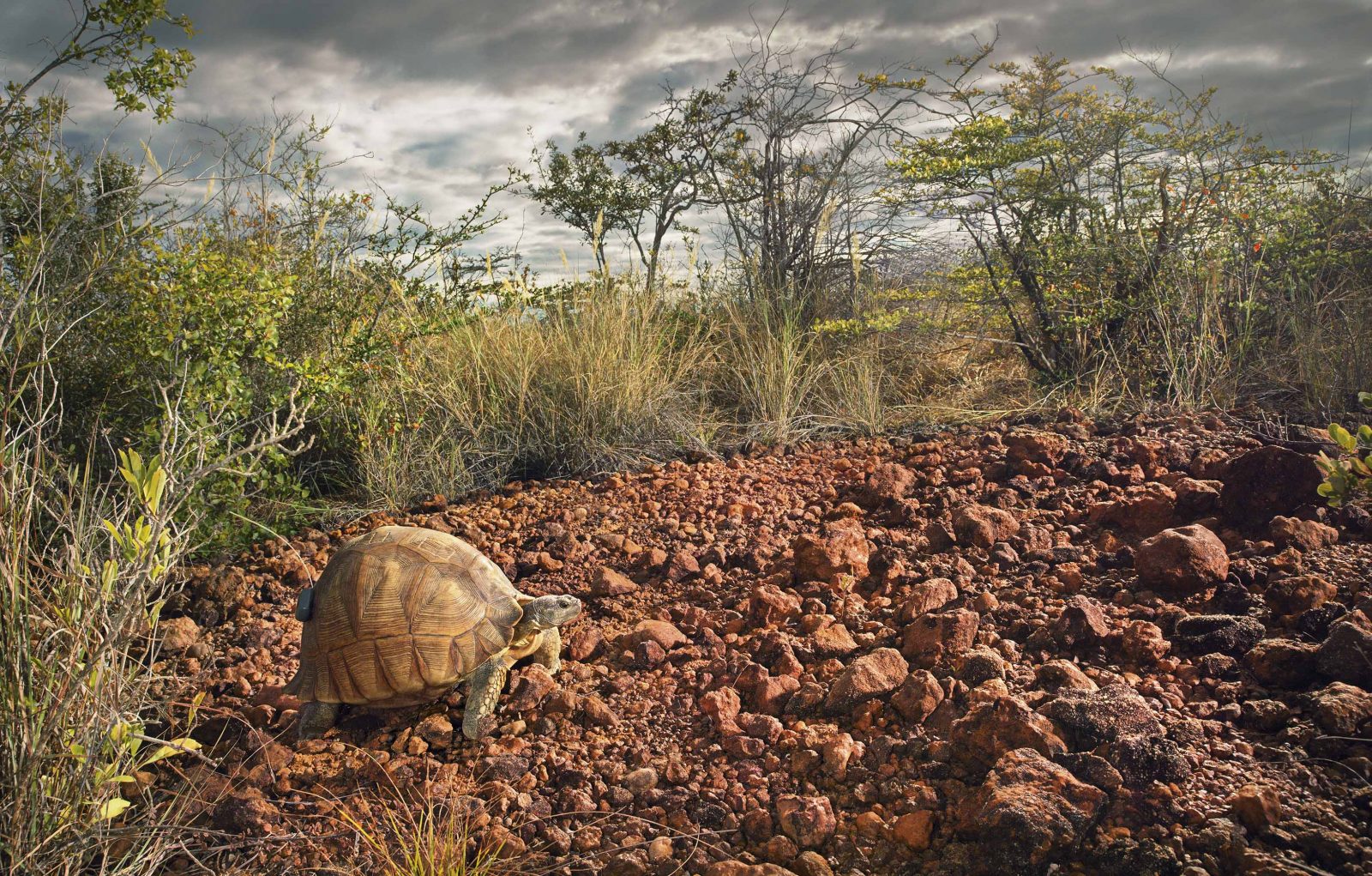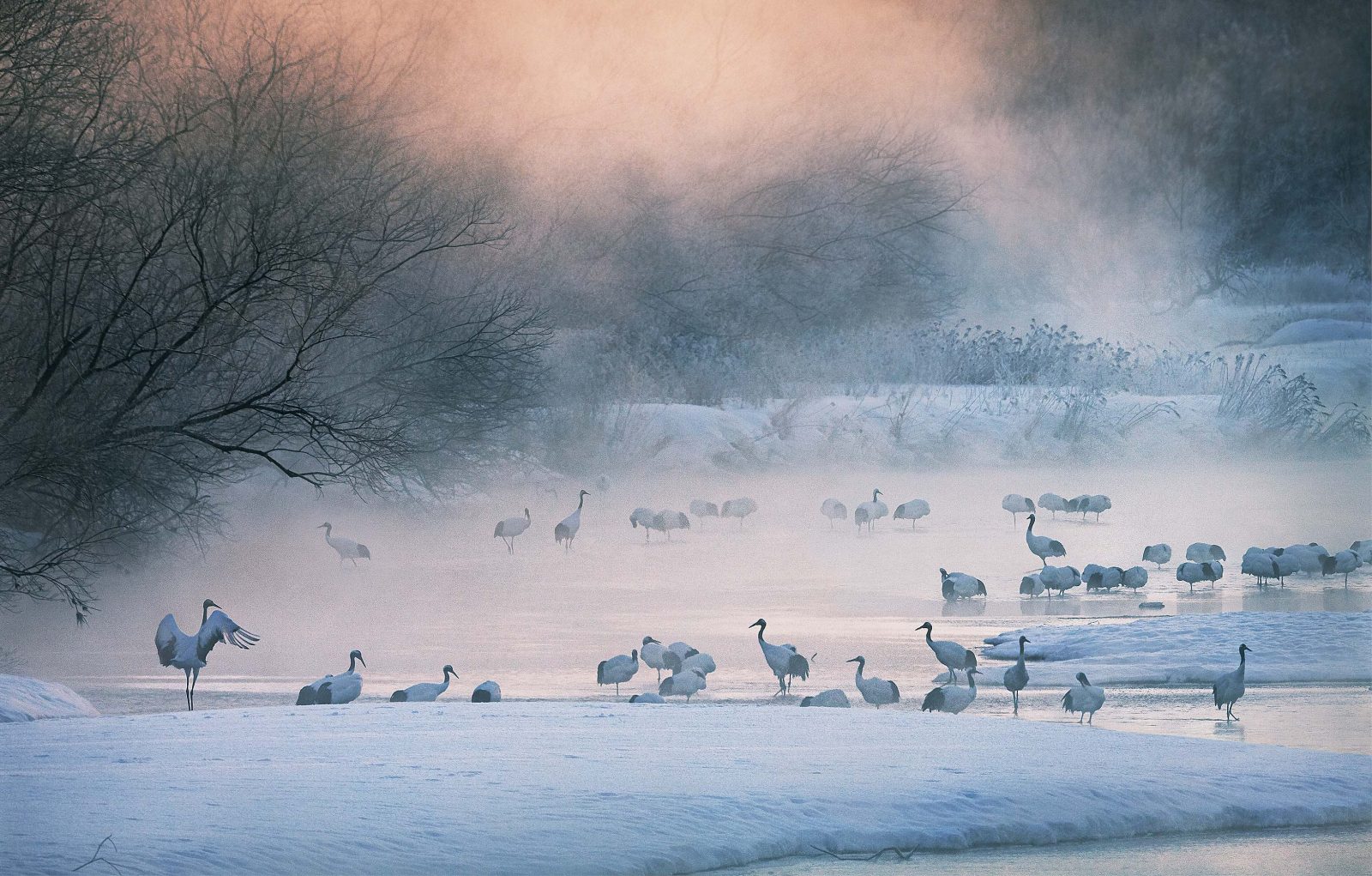Species all around the world are disappearing. This massive extinction crisis called sixth mass extinction is calling out that at least 30-50% of all species are in danger of extinction by mid-century.
Tim Flach, who is a wildlife photographer is devoting his talents to shine a light on this issue. In his book, Endangered, Tim documented some of the amazing animals across the world that are currently endangered.
Here are a collection of 50 best photographies of the animals in danger of extinction, but the whole collection can be found on Tim Flach’s website. Once you approach how beautiful these animals are, you’ll understand the importance of this issue. It is our job to make a suitable environment for these fascinating animals to stay with us on earth.
1. Saiga
The saiga is a type of critically endangered antelope that lives in the Eurasian steppe zone from Kazakhstan to Mongolia. It is best known for its weird shaped head and snout. One major cause of their population decline is poaching. Their horns are highly desired.
2. White-Bellied Pangolin
Also known as “scaly anteaters”, the white-bellied pangolin can be found in lowland tropical forests in West and Central Africa. Between 1993 and 2008, pangolins underwent a nearly 20-25% population decline, largely due to hunting. Pangolin meat is a popular bushmeat sold in African markets.
3. Philippine Eagle
The Philippine eagle is sometimes called the monkey-eating eagle because of reports from the past that said the bird exclusively preyed on monkeys. Studies now show that the eagle actually consumes other animals too like snakes, lizards, and even other birds. Because of deforestation, the Philippine eagle has become an endangered species.
4. Crowned Sifaka and Ring-Tailed Lemur
The photo on the left is a Crowned Sifaka. They are native to Western Madagascar where habitat destruction and capture for the illegal pet trade has caused them to become endangered. On the right is a family of ring-tailed lemurs. They are also critically endangered.
5. Beluga Sturgeon
The beluga is a species of fish in the sturgeon family. It is the second biggest species of bony fish living in the ocean. In recent years, the beluga sturgeon population has been seriously threatened by poaching and overfishing.
6. Proboscis Monkey
The proboscis monkey, also known as the long-nosed monkey is an arboreal Old World monkey species endemic to the island of Borneo. Their population has decreased by over 50% in the last 40 years due to habitat loss. Loggers on the island keep cutting down all the trees they love to live in.
7. Polar Bear
The king of the bears, the polar bear primarily lives in the Arctic Circle. Their hyper-carnivorous diet mainly consists of seals and fish. They are now considered a threatened species due to the melting of the Arctic sea which is quickly reducing their habitat.
8. Golden Snub-Nosed Monkey
The golden snub-nosed monkey is an Old World monkey that lives in the mountainous forest regions of Southwestern China. Their golden hair is stunning and often shines in the sun. This type of monkey likes eating lichens which grow mostly on dead trees. Unfortunately, dead trees in China are increasingly being harvested, causing the monkey’s habitats to decrease in livability.
9. Monarch Butterflies
The monarch butterfly is one of the most beautiful and recognizable types of butterfly. A proposal to classify them as an endangered species is currently under review. Nearly one billion monarchs have vanished from their overwintering sites since 1990, mainly due to herbicides used by homeowners and farmers on the milkweed plant, one of the monarchs preferred food sources.
10. Red Panda
Red Pandas are a small variety of pandas about the size of a domestic cat. They have long bushy tails, and in the past were actually classified as a type of raccoon. They live in the Eastern Himalayas where only about 10,000 of the species remain. Habitat loss and inbreeding depression are among the major causes of their current low numbers.
11. Iberian Lynx
This wild cat species lives in Southwestern Europe on the Iberian Peninsula, hence the name, the Iberian Lynx. At one point, the Iberian Lynx population was reduced down to about 100 individuals, but conservation efforts have been helping them to make a comeback. In 2012, it was documented that there are now about 300 some living in the Andalusia region.
12. Shoebill
The shoebill is sometimes called the whalehead or shoe-billed stork because of its really unique looking beak. Its main habitat is large swamps in East Africa from Zambia to Sudan. The current population is estimated to be between 5000 and 8000. Habitat loss, disturbance, and hunting all threaten their existence.
13. Hooded Vulture
The hooded vulture is native to sub-Saharan Africa and survives primarily by scavenging animal carcasses. Poisoning, hunting, and habitat loss are three of the major issues that this species faces. While they are still relatively common in some areas, many countries like Senegal have seen a nearly 85% population reduction over the previous 50 years.
14. Pied Tamarin
The pied tamarin is a primate species that lives in the Brazilian Amazon Rainforest. Unfortunately, habitat loss has caused them to become endangered. As urban areas continue to encroach on the rainforests, pied tamarins are also increasingly at risk of attacks from feral dogs and cats.
15. Coral
Coral is not something we normally think of as living, but in fact, all corals are actually marine invertebrates. Around the world, coral reefs are rapidly disappearing. Rising sea temperatures and ocean acidification are causing them to go extinct.
16. Yellow Eye Tree Frog
Yellow eye tree frogs are a pretty cool little type of tree frog found in Eastern Australia. There are also red-eyed and orange-eyed varieties. The yellow-eyed ones have seen their population halved since the 1990s due to climate change, the pet trade, and a damaging fungus affecting their habitats.
17. Kaiser’s Newt
Kaiser’s spotted newt is a colorful little salamander that can only be found in four streams in the Zagros Mountains of Iran. For this reason, it is extremely vulnerable to extinction. Many zoos have started captive breeding programs for the salamander to try and increase its numbers.
18. Hyacinth Macaw
The blue hyacinth macaw is a truly stunning variety of parrot that is native to central and eastern South America. They have suffered a lot due to people trapping them and selling them off as pets. Habitat loss is also a problem.
19. Egyptian Vulture
Also known as the pharaoh’s chicken or white scavenger, the Egyptian Vulture is a species that has seen reduced populations in recent years due to hunting, accidental poisoning, and collisions with power lines. Their habitat stretches from North Africa all the way to India.
20. Olm Salamander
You might be wondering where this olm salamander’s eyes are. It turns out that it doesn’t have any. As an aquatic cave-dwelling species, sight has never been a big priority for the olm. It is completely blind but has a great sense of smell and hearing. Pollution of underground water systems is causing this uniquely adapted creature to go extinct.
21. Military Macaw
Another threatened parrot species is the military macaw. The pet trade industry has hit its population hard. Poachers trap and remove them from their forest homes in Mexico and South America and sell them off to people who want pet birds.
22. Hippopotamus
While the hippopotamus we all know and love is not currently an endangered species, three prior hippo species that existed in the past have all disappeared. One of them went extinct within the last 1000 years. The hippo is such an amazing animal. It is definitely worth protecting, but poachers don’t think so. They have started hunting them for their ivory canine teeth.
23. Red-Crowned Crane
These two red-crowned cranes can be seen in the photo happily dancing away in the snow. They are one of the rarest crane species in the world and can only be found in East Asia. Countries like South Korea, China, and Japan are where the last of the red-crowned cranes live. Their nesting habitats have all but been destroyed.
24. Elephants
Tim Flach captured a really cool aerial shot of this herd of elephants in the Tsavo region of Kenya. The main threat to elephants is the ivory trade. Poachers kill them just to strip them of their valuable ivory tusks.
25. Ploughshare Tortoise
The ploughshare is a critically endangered species of tortoise that can only be found in Madagascar. The engraving on top of the shell in the photo is the result of a last-ditch effort to save the animals. Not only does engraving the shell make them less desirable for poachers, but it also helps conservationists keep track of their population numbers.
26. Northern White Rhinoceros
There are few types of rhinos, but the Northern White Rhinoceros is one of the most endangered. They are actually thought to be already functionally extinct. There are only two known Northern White Rhinos left. Both can be found in Kenya, and unfortunately, both of them are females. There is little hope left for this incredible species.
27. Cheetah
Cheetahs can be found in North, Southern, and East Africa. It is estimated that there are only about 7,100 cheetahs left in the wild. Because they are very spread out over large areas, there is a big risk that they will eventually go extinct. Habitat loss due to agriculture has also further isolated groups of wild cheetahs.
28. Arabian Oryx
The Arabian oryx is a medium-sized type of antelope native to the steppe and desert areas of the Arabian peninsula. By the 1970s, the species was extinct in the wild. However, a few still existed in zoos. Through intensive breeding efforts, there are now about 1000 that have been reintroduced back into their natural habitat.
29. Snow Leopard
This type of big cat primarily lives in the mountain ranges of South and Central Asia. In general, snow leopards do best in cold regions above 9,800 ft (3,000 m). Poaching and habitat loss has led to population declines and caused the snow leopard to be classified as a vulnerable species.
30. European Honey Bee
Also known as the western honey bee, this little insect is an absolutely vital part of nature due to its role in pollination. Various pests and diseases are causing their numbers to rapidly shrink. Insecticides used on farmland has also caused some colonies to die off.
31. Scimitar Oryx
Another type of endangered antelope is the Scimitar Oryx. They are also known as the Sahara Oryx. They used to be widespread across all of Northern Africa but went extinct in the wild as of the year 2000. The main cause was climate change and hunting of the species for their horns.
32. Fireflies
The firefly or lightning bug is one of the coolest little insects. They can be seen during the twilight hours in temperate and tropical climates all across the globe, glowing and lighting up the night. Fireflies actually rely on their own lights to find each other and reproduce. Thus, they are very sensitive to light pollution caused by humans.
33. Sea Angels
At first glance, it kind of appears as though sea angels are insects. The truth, however, is that they are actually a type of swimming sea slug. They use their wing-like fins to propel themselves around the water. Like other sea creatures, sea angels are currently threatened by ocean acidification.
34. Partula Snails
The partula is a tropical land snail species that prefers to live in Pacific Island nations like Tahiti. Many snails belonging to the partula species are endangered and at risk of going extinct. Other non-native varieties of snails like the Florida wolfsnail that were introduced to the region are literally eating them all.
35. Giant Panda
Everyone loves pandas. The giant panda is one of the cutest types of bear, and one of the only types that is mainly vegetarian. Although they do occasionally eat fish or other types of meat, their diet is 99% made up of bamboo. While in the past pandas were considered endangered, in 2016 their status was changed to vulnerable.
36. Lemur Leaf Frog
The lemur leaf frog is another type of endangered frog. They live primarily in the rainforests and jungles of Costa Rica, Panama, and Colombia. They are classified as critically endangered. A type of fungal disease called chytridiomycosis has decimated their population.
37. Yunnan Snub-Nosed Monkey
The Yunnan snub-nosed monkey is a black-nosed variety of the snub-nose that is also endangered, just like its golden snub-nose relative. They are native to the Chinese province of Yunnan, hence their name. Habitat loss is the primary cause of their decline.
38. Western Lowland Gorilla
The western lowland gorilla is one of two subspecies of western gorilla. They are currently classified as critically endangered. They live in the forests and lowland swamps of Central Africa, where hunting and logging have caused their population numbers to go way down.
39. Scalloped Hammerhead
Hammerheads are one of the most iconic types of sharks. Scalloped hammerheads are a medium-sized variety that lives primarily in temperate and tropical coastal waters. The demand for shark fins and overfishing has caused their population numbers to decline by over 95% in the last 30 years.
40. Smooth-Fronted Caiman
Also known as Schneider’s dwarf caiman, the smooth-fronted caiman comes from South America where it lives in the Amazon and Orinoco Basins. They grow to between 3.9 to 5.2 feet in length. Destruction of its habitat and pollution from gold mining activities continue to be the main threat to this species.
41. Marine Iguana
The marine iguana is also sometimes called the sea or saltwater iguana because of its habitat choice. Marine iguanas can only be found in the Galapagos Islands of Ecuador. They are one of the only species of iguanas that swim and forage in the sea. Because of their small habitat area, they are considered vulnerable to extinction.
42. Green-Winged Macaw
This species of macaw is also known as the red-and-green macaw because of its feather colors. They live in the woodlands of Central and Northern South America. In Argentina, they are classified as critically endangered. The illegal pet trade and habitat loss have decimated their numbers.
43. Siamese Crocodile
The Siamese crocodile is freshwater species of crocodile native to South East Asia. Human disturbance has forced Siamese crocodiles to move to the edge of their primary habitats. Very few remain in the wild, but at least 700,000 currently exist on commercial crocodile farms.
44. Indian Gharial
The gharial is a variety of fish-eating crocodile that can be found in India. They are extremely endangered in the wild, where it is thought that only about 235 individuals currently exist. The gharial used to inhabit all the major river systems on the Indian subcontinent.
45. Danum Valley
Protecting ecosystems and animal habitats is crucial. As we’ve seen in the previous photos, one of the biggest causes of population decline is habitat loss. The Danum Valley Conservation Area in Malaysia is one area where scientists have been conducting research.
46. Danum Valley
Here we have another beautiful photo of the Danum Valley. It is primarily lowland dipterocarp forest and encompasses 438 square kilometers. The area is a good place for research because it is relatively undisturbed. No hunting, logging, or other human interference has really taken place in the region.
47. Tundra
This tundra is located in Hudson Bay, Canada. It is one of the primary habitats of polar bears. Sometimes aerial shots are the best way to view a landscape and understand what changes are taking place. It gives you a totally different perspective.
48. Arctic
In this photo we can see how the melting of ice caps in the Arctic is affecting wildlife. A group of three polar bears can be seen huddling together on the edge of the ice. They are admiring all the nature around them, and probably on the lookout for seals too.
49. Baly Bay
From the Arctic in the north, all the way south to Baly Bay in Madagascar, landscapes are constantly changing due to human influence. In this photo can, we can see one of the last of the ploughshare tortoises walking along, just trying to survive.
50. Dancing In The Mist
One of the last flocks of red-crowned cranes can be seen in this photo dancing in the mist in Japan. It is a beautiful sight to behold. Unless humanity starts to change its ways, there won’t be many sights like these to see in the future. Luckily, for many of the world’s amazing species, it’s still not too late. If we work together, we can save them.



